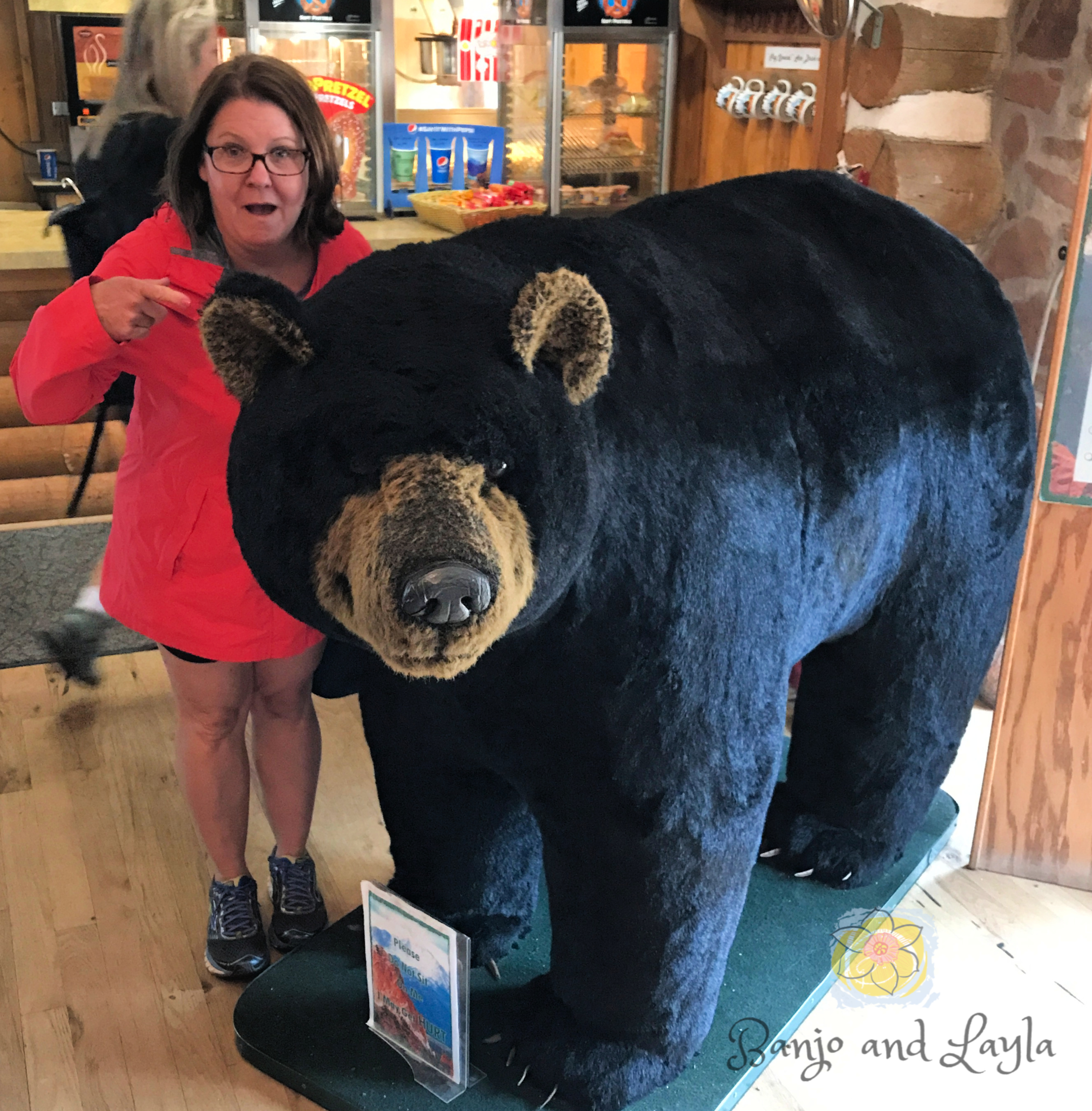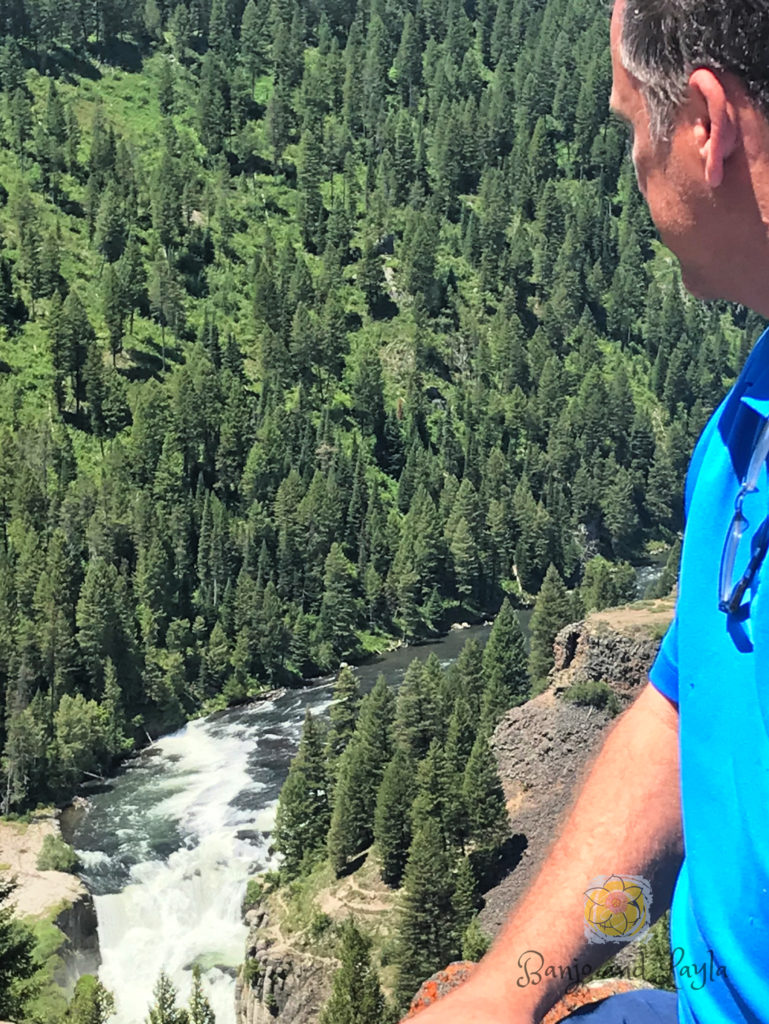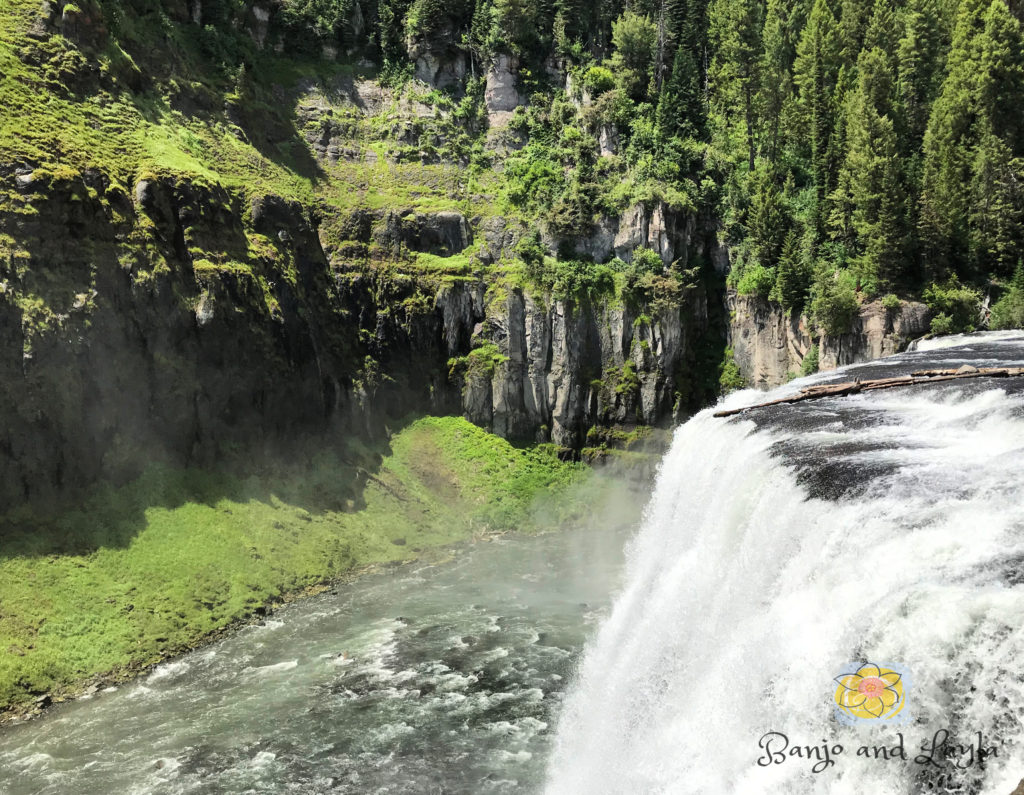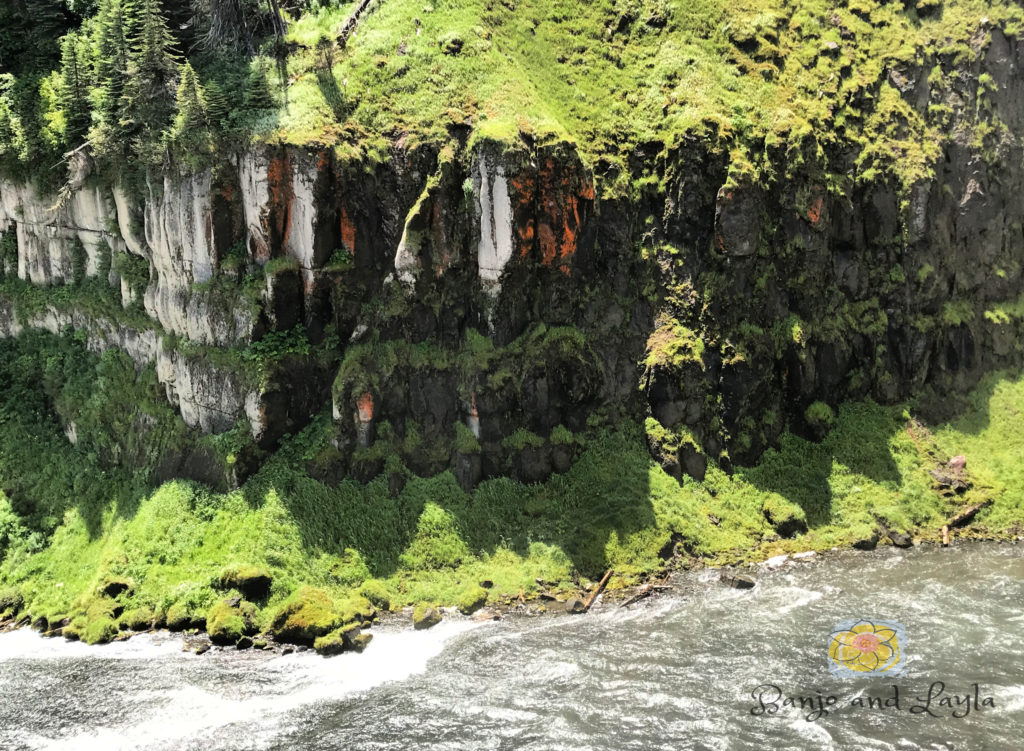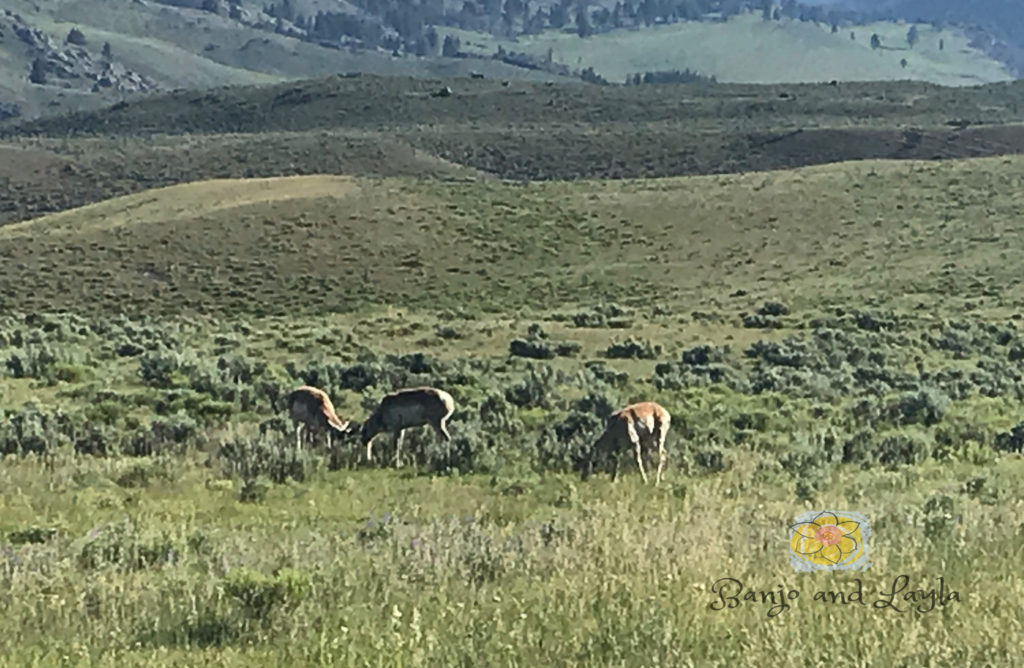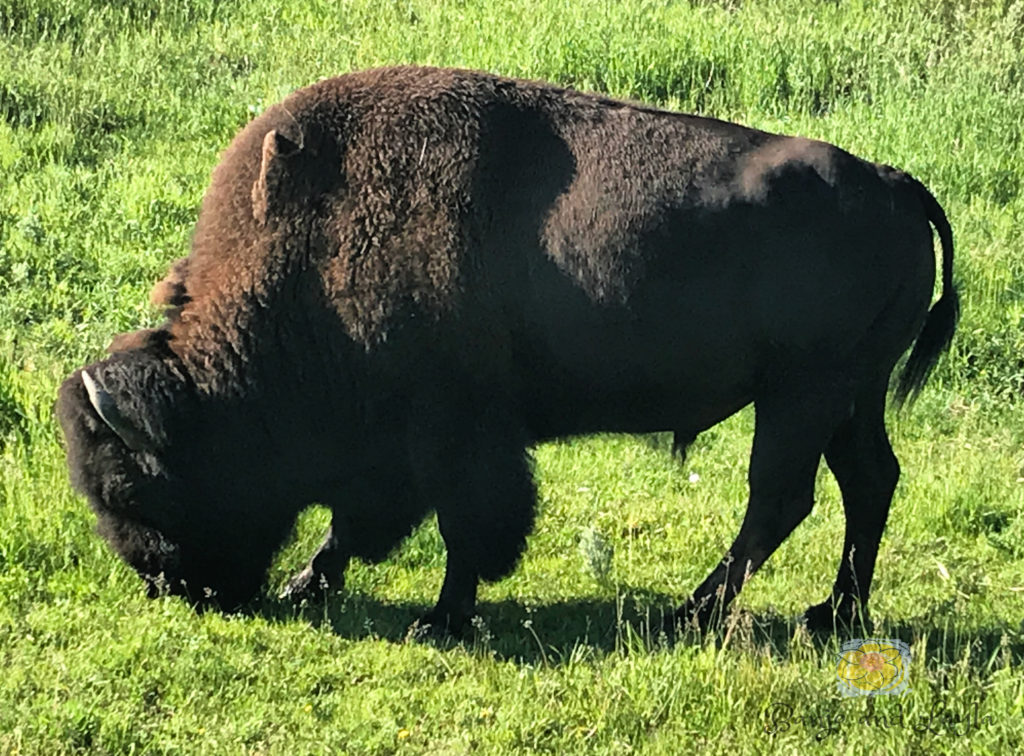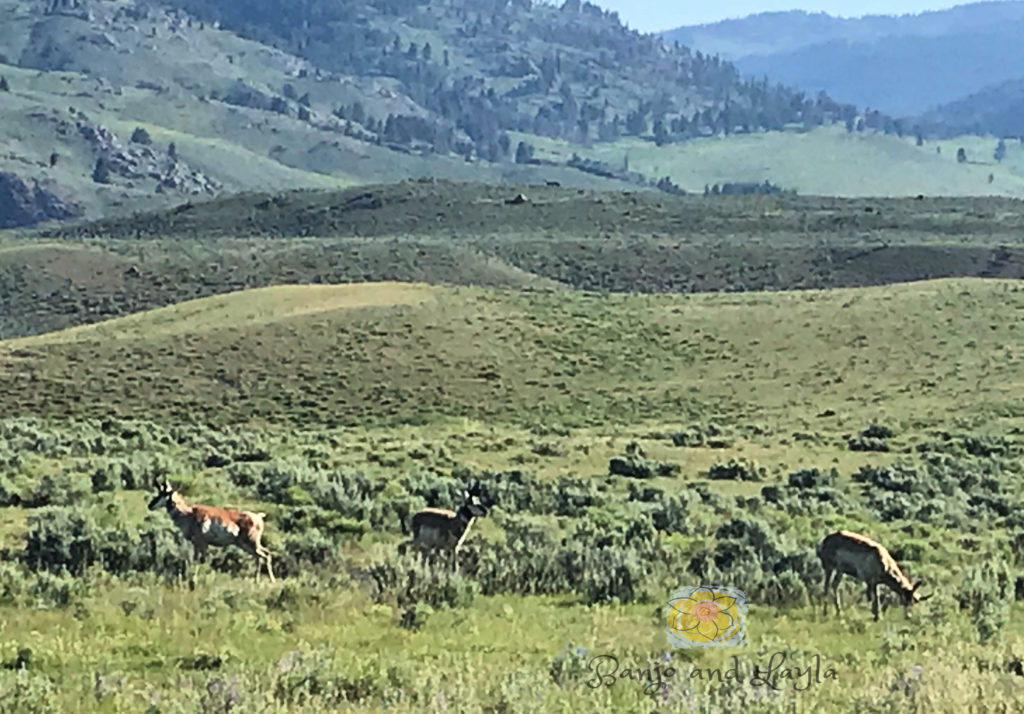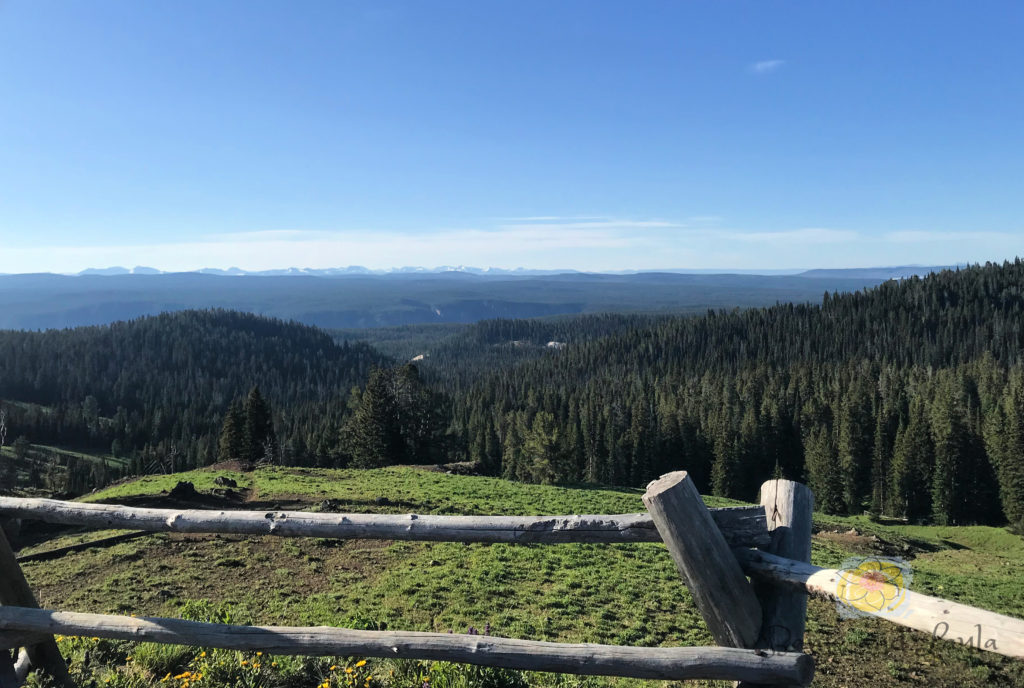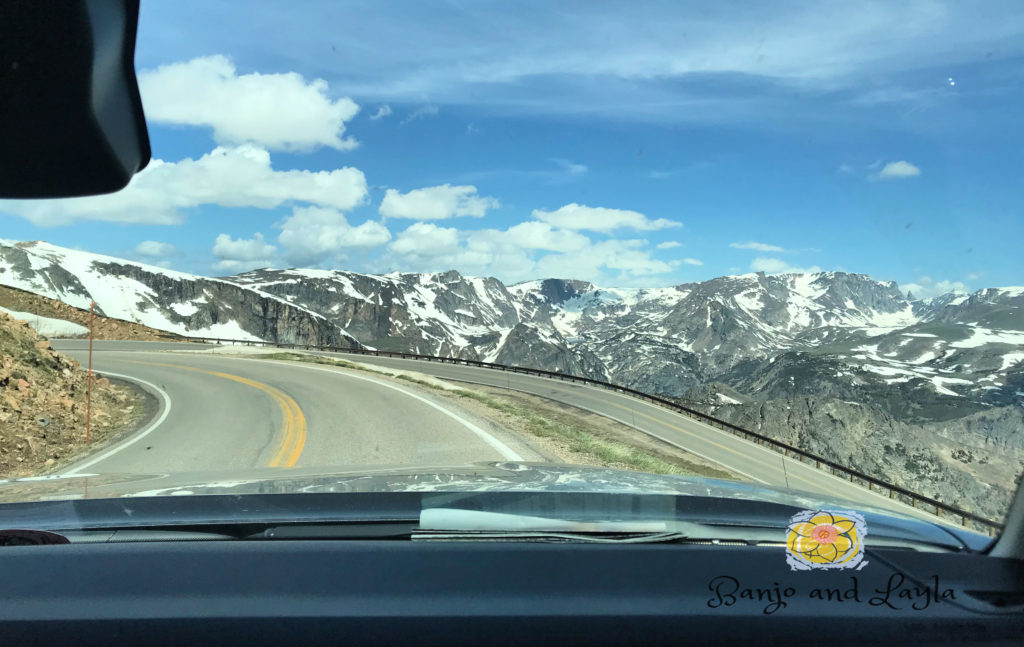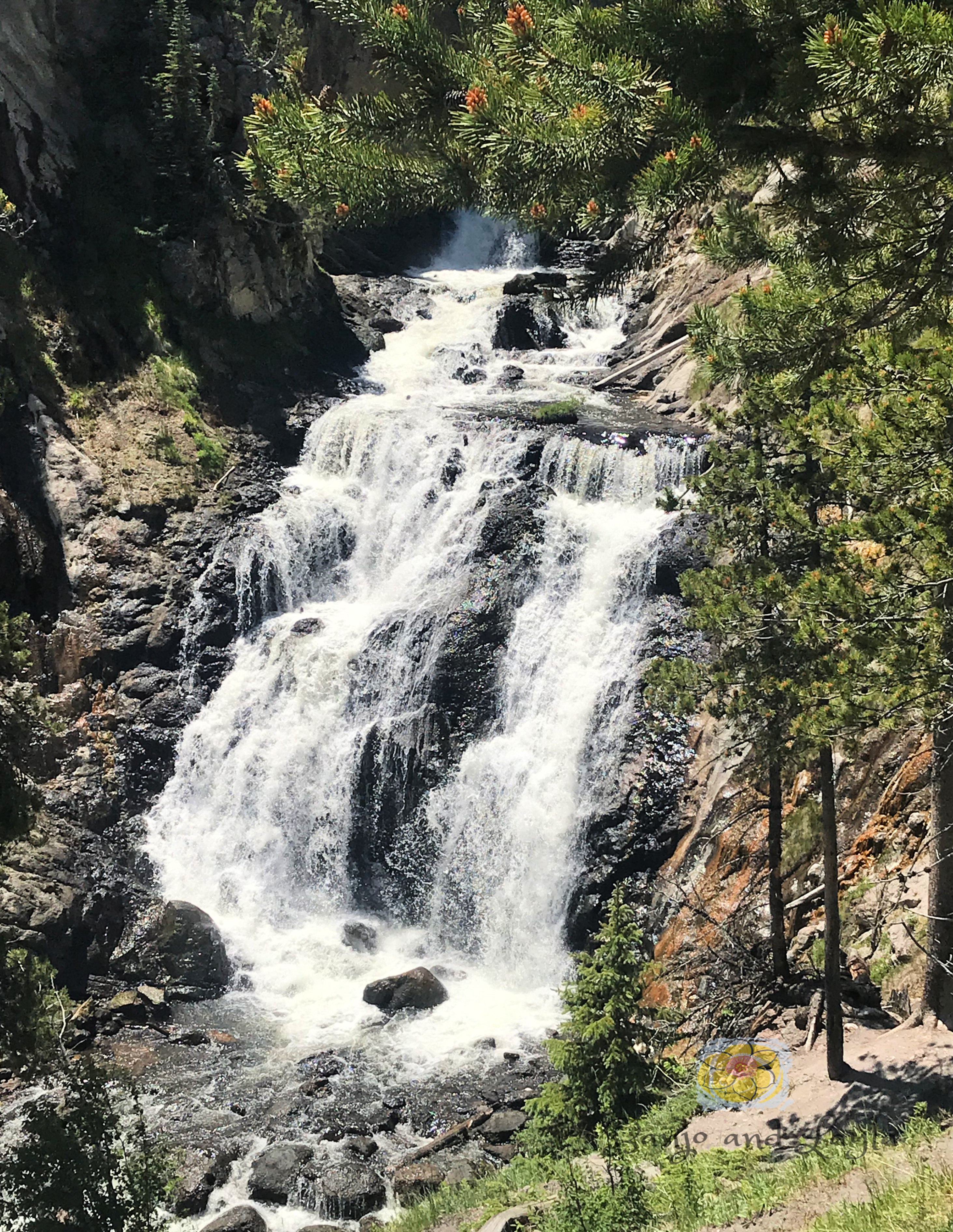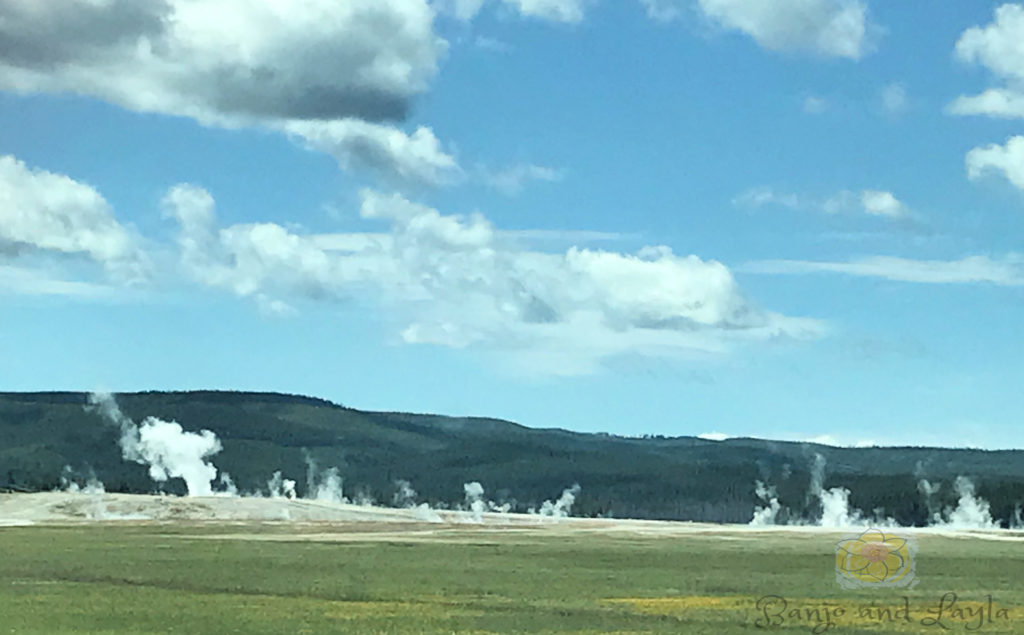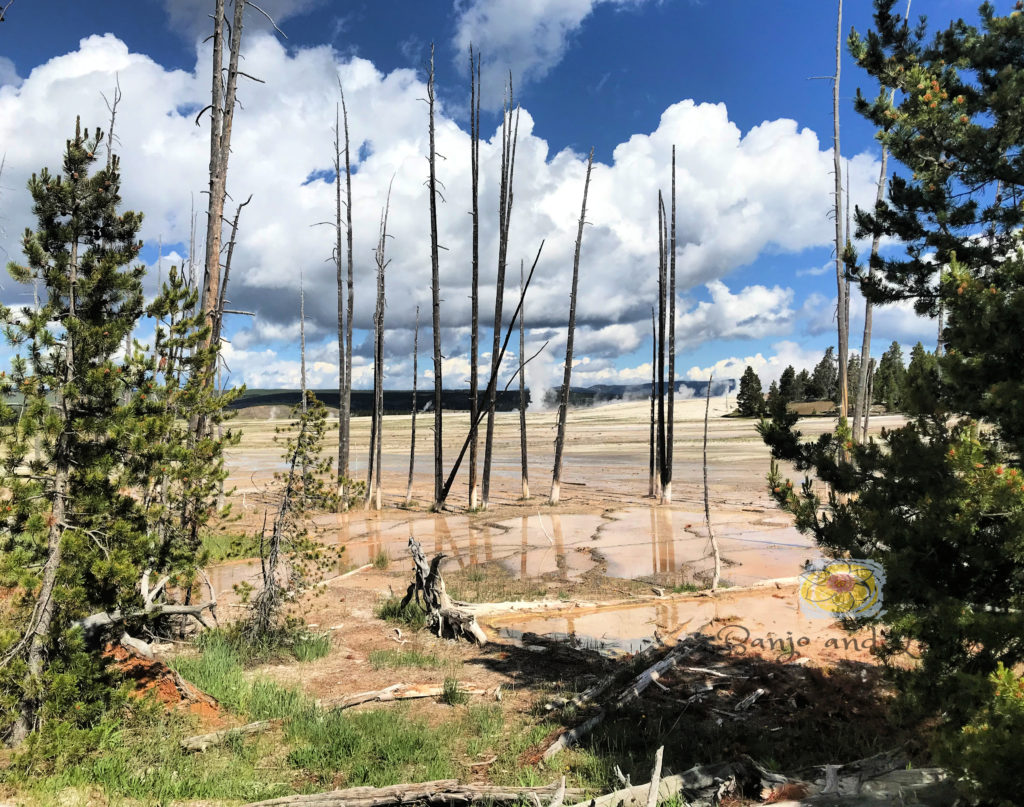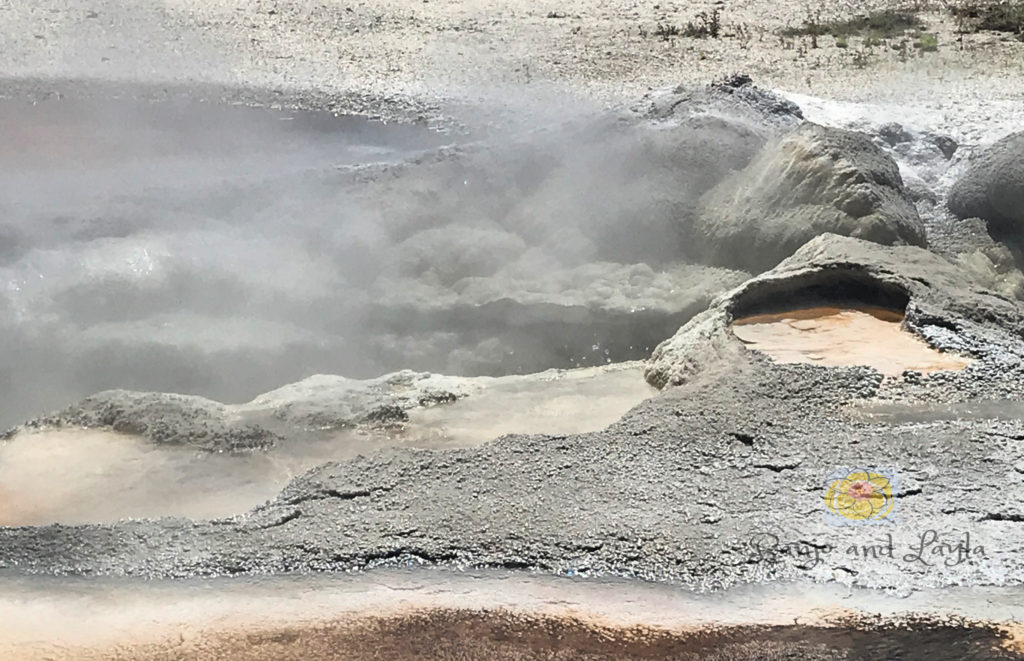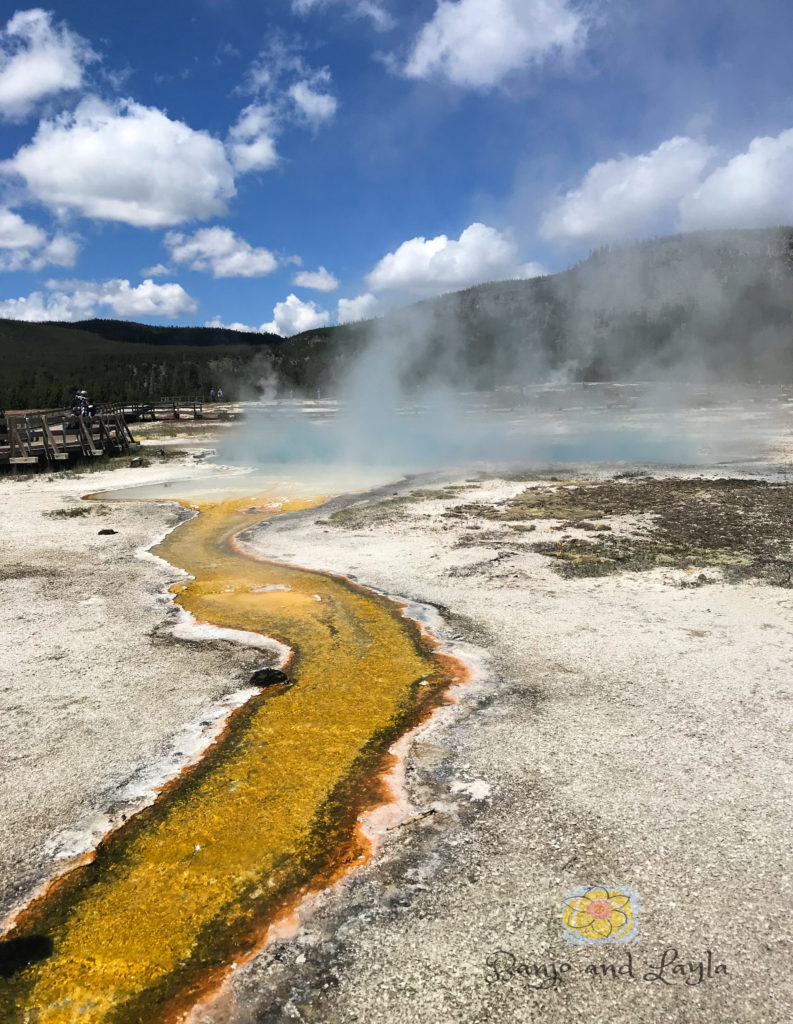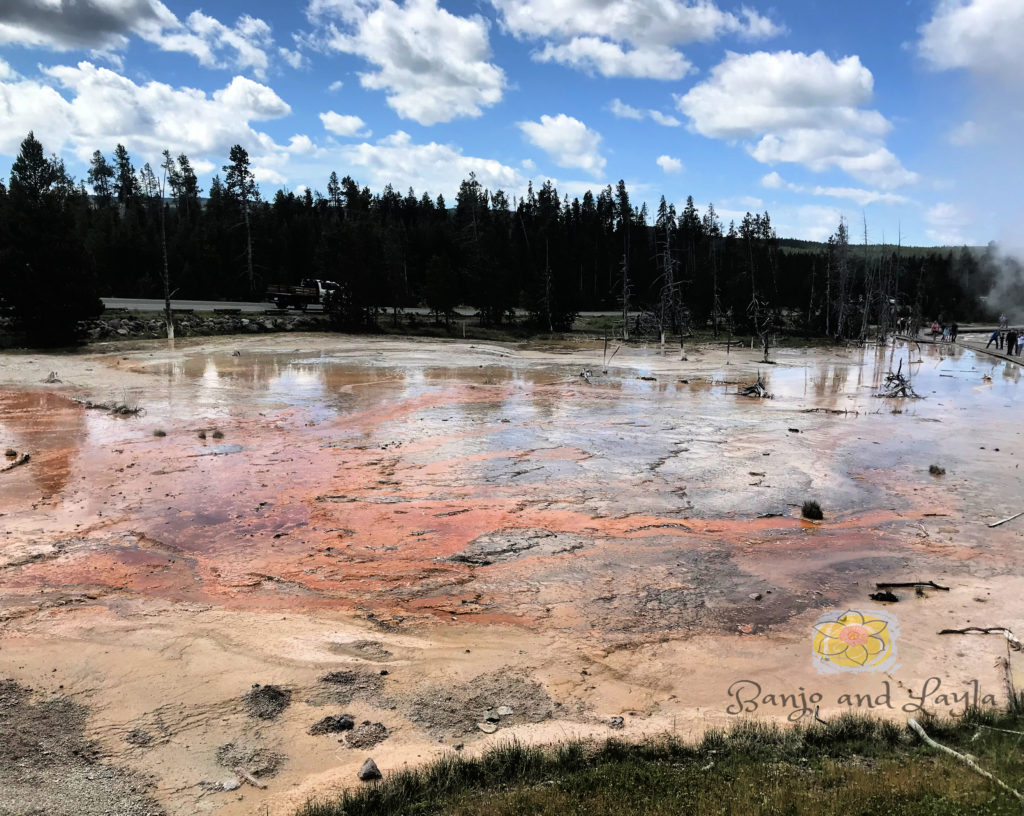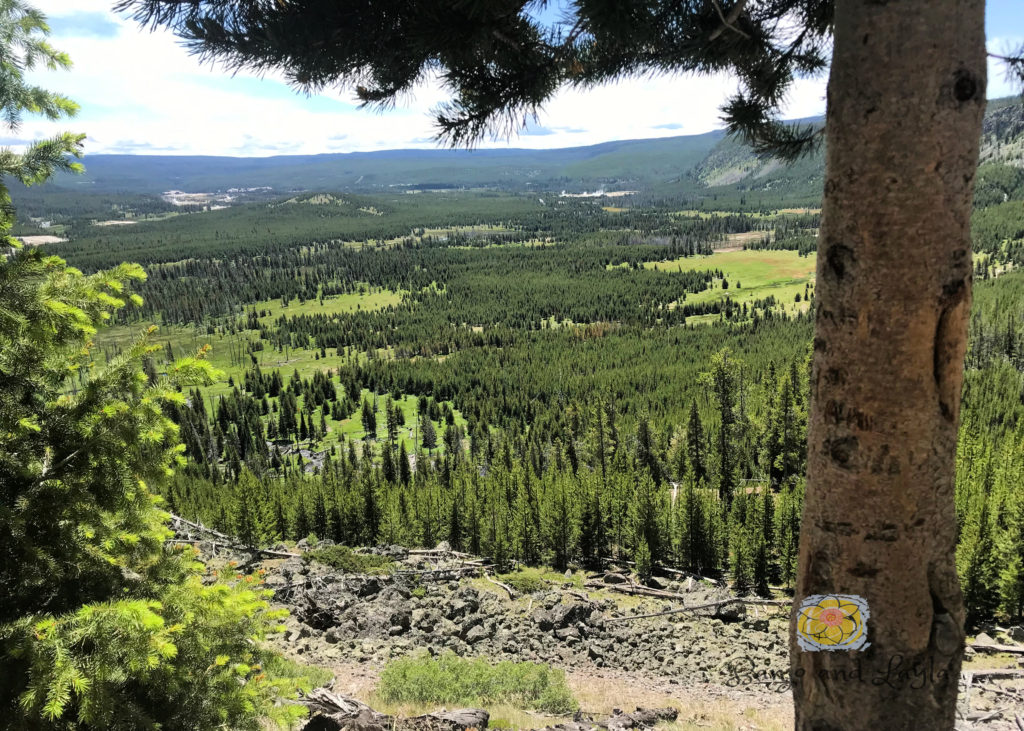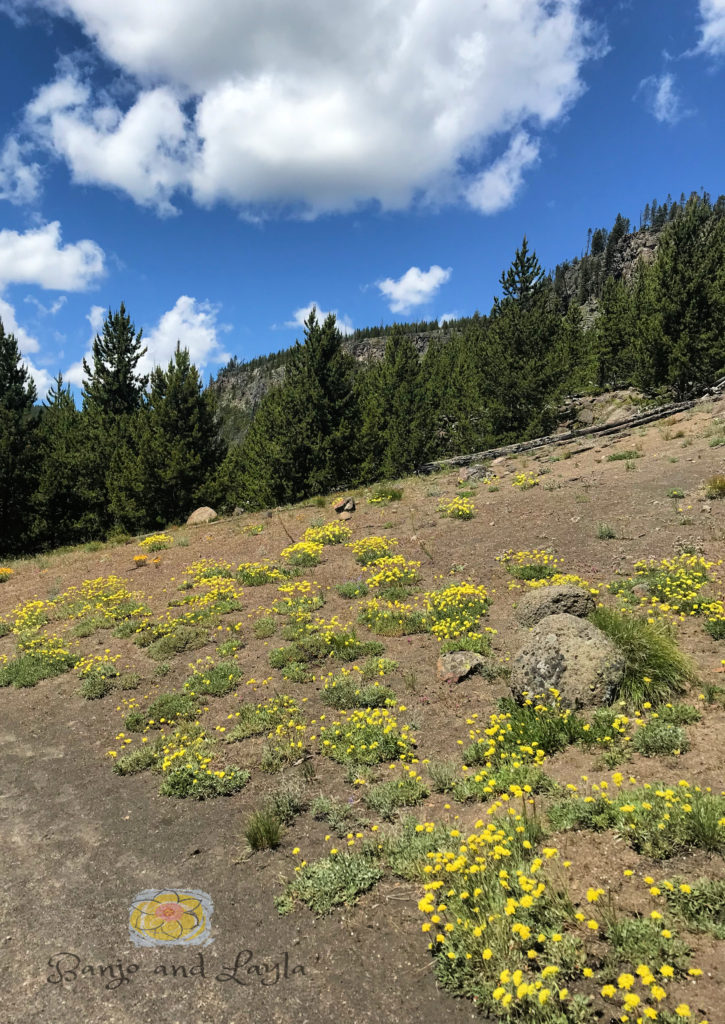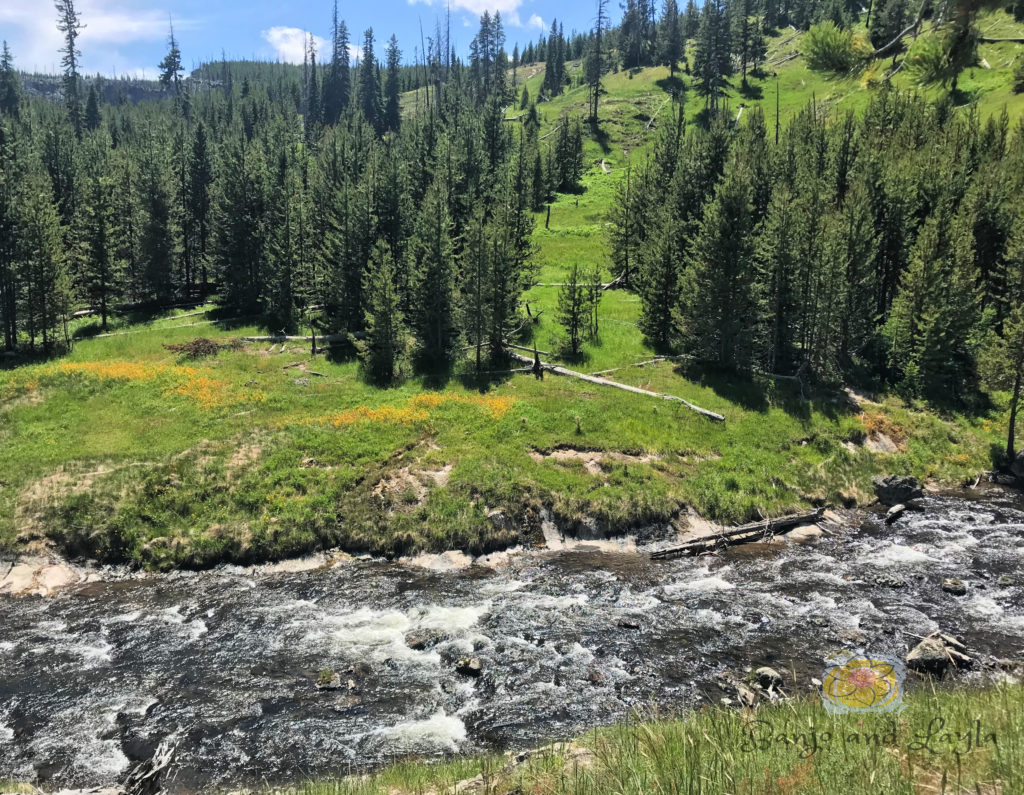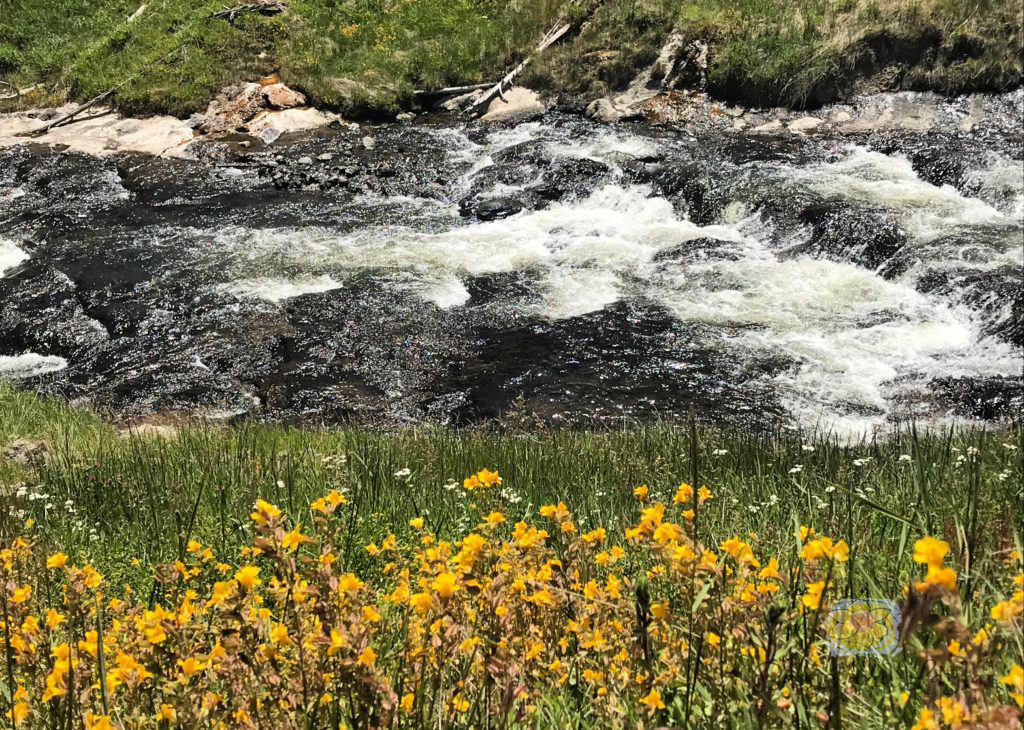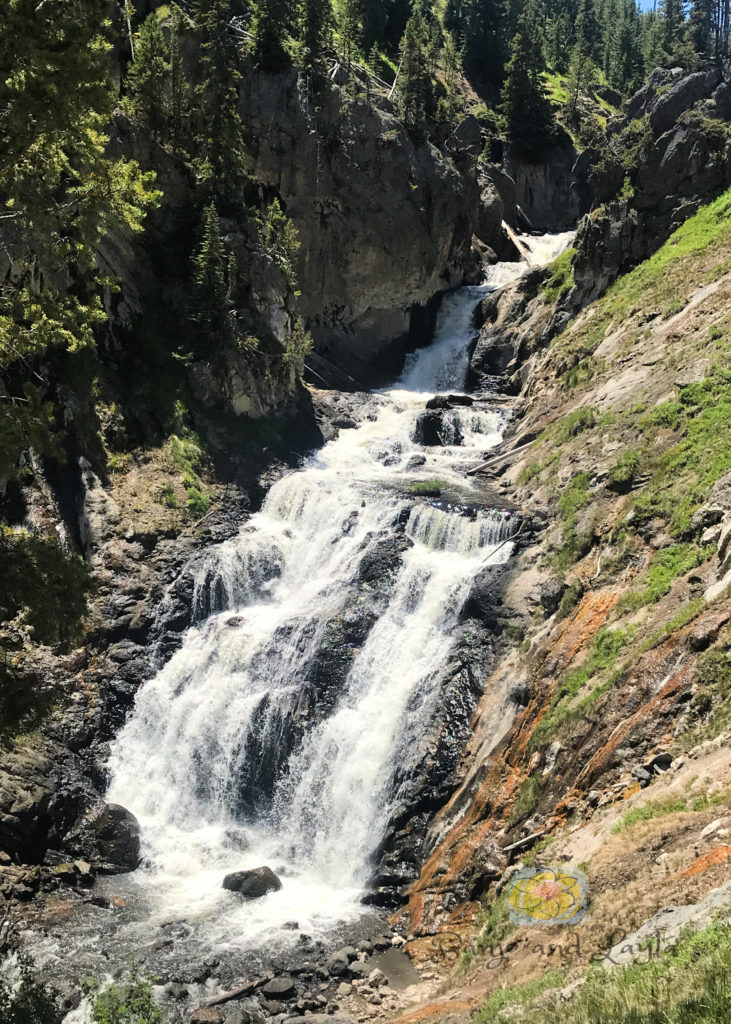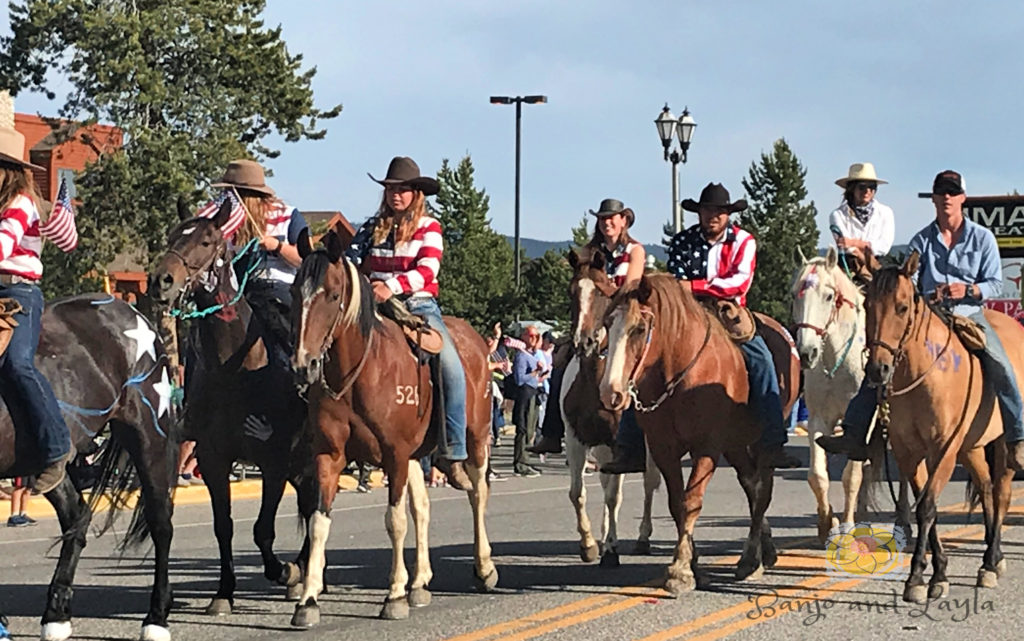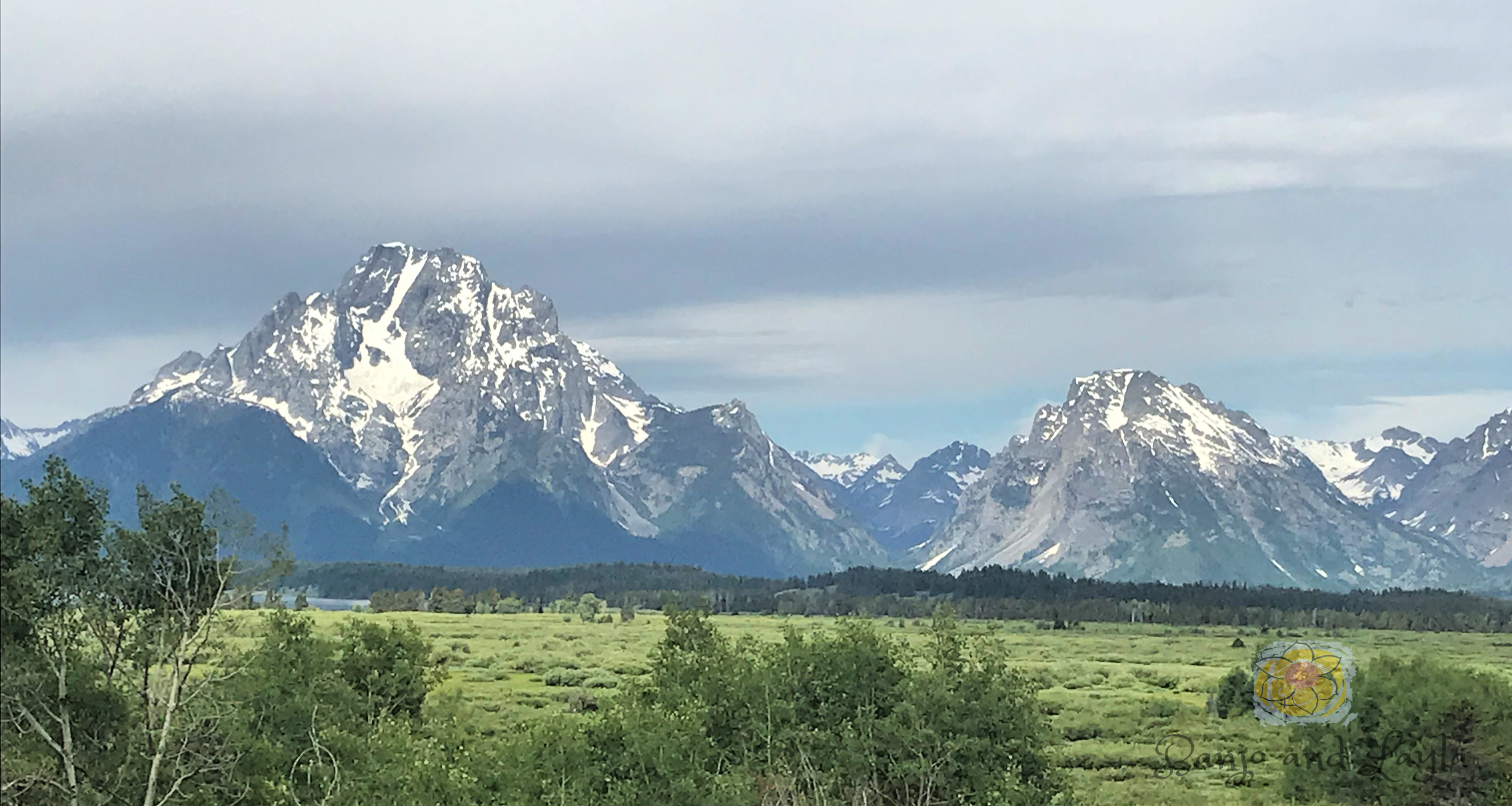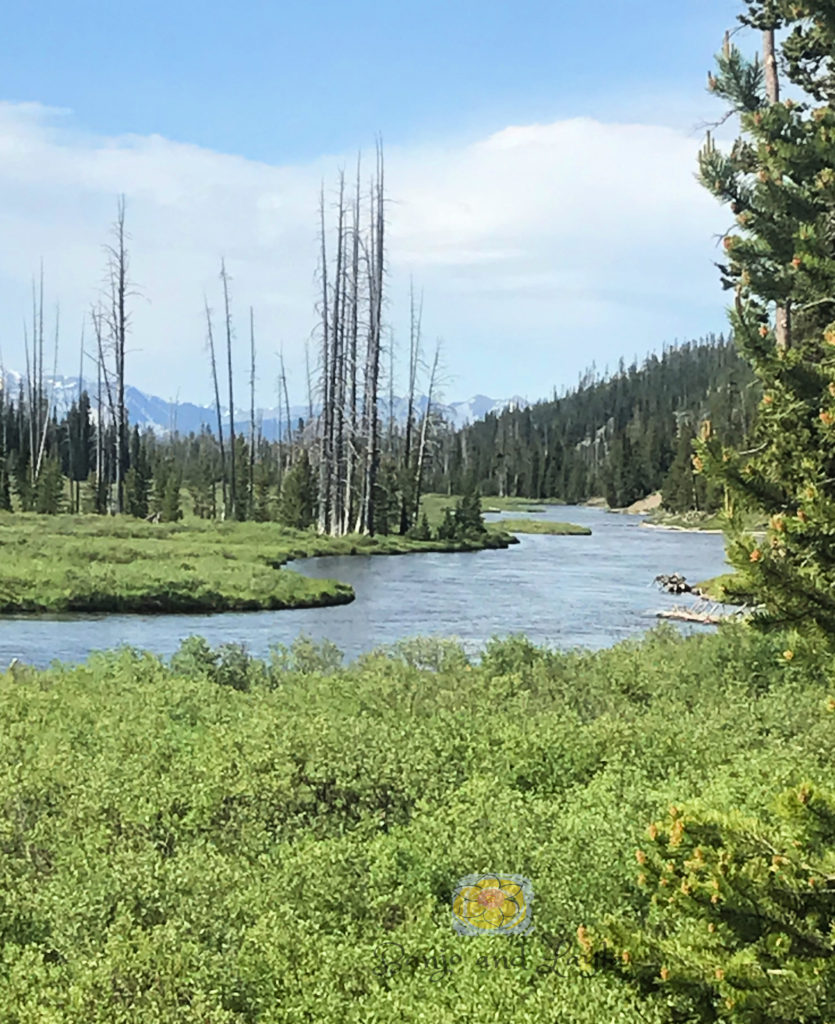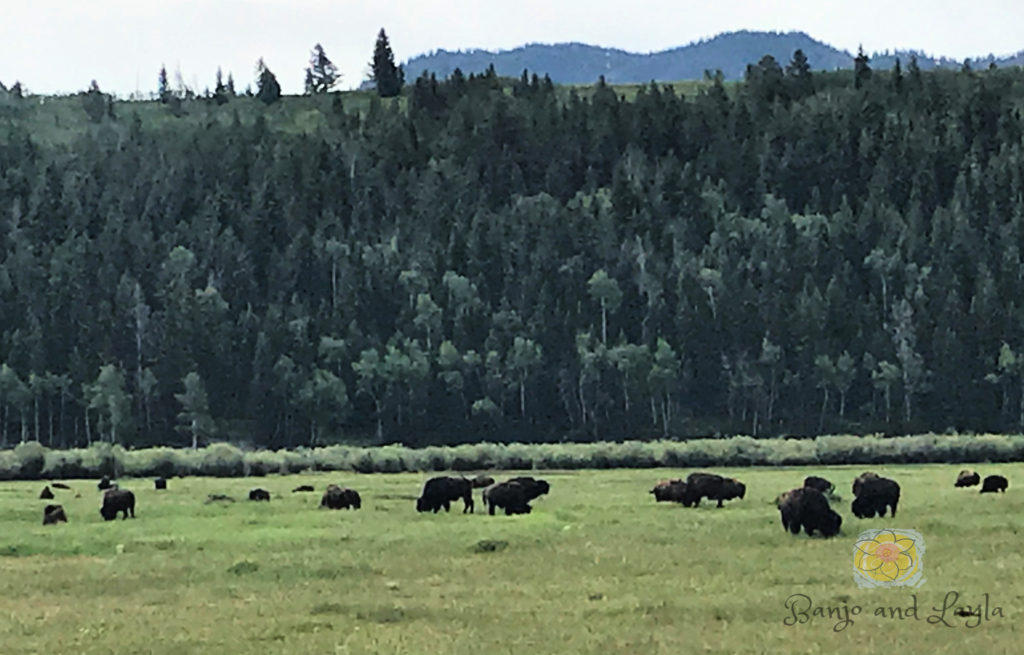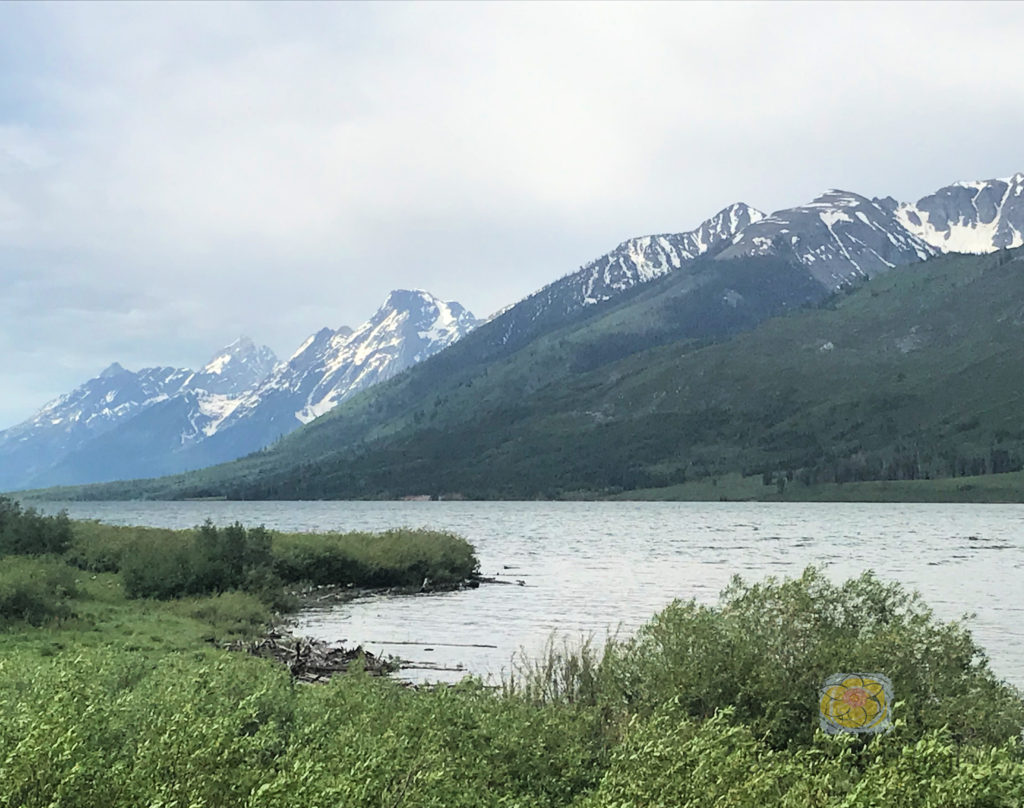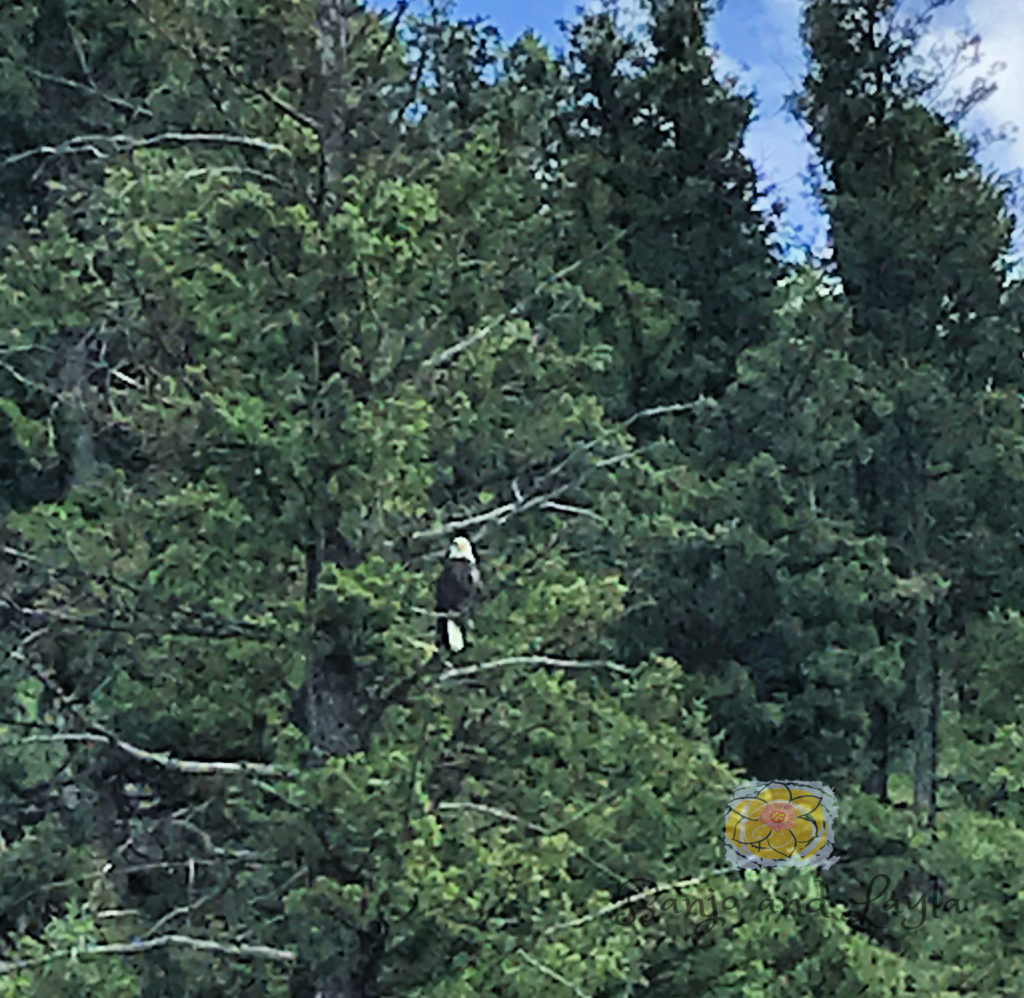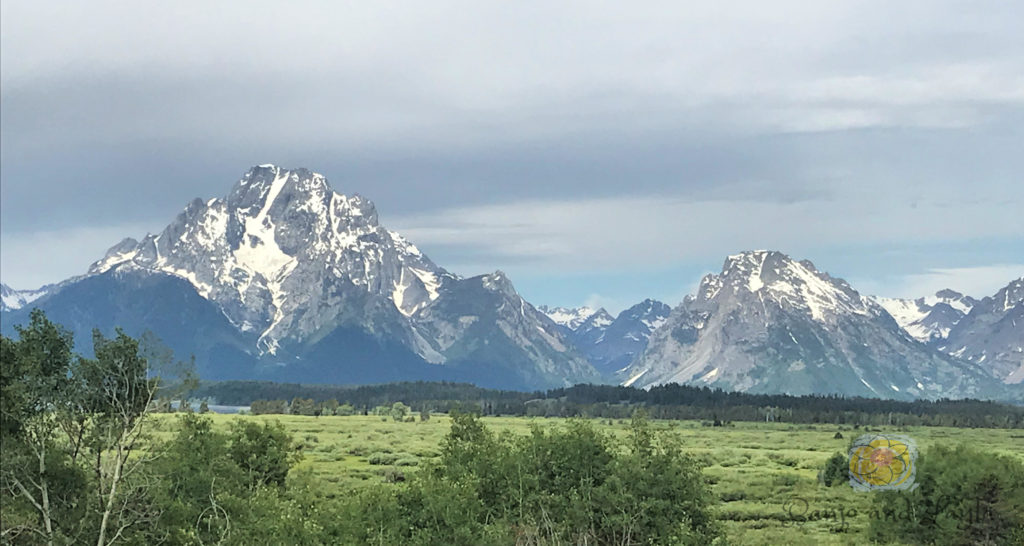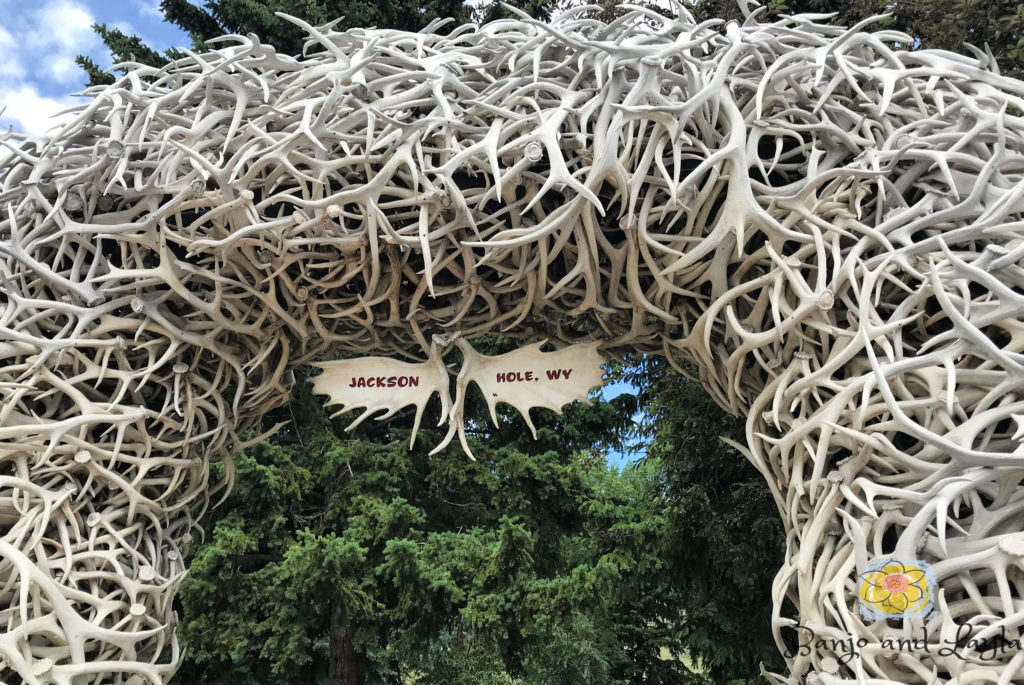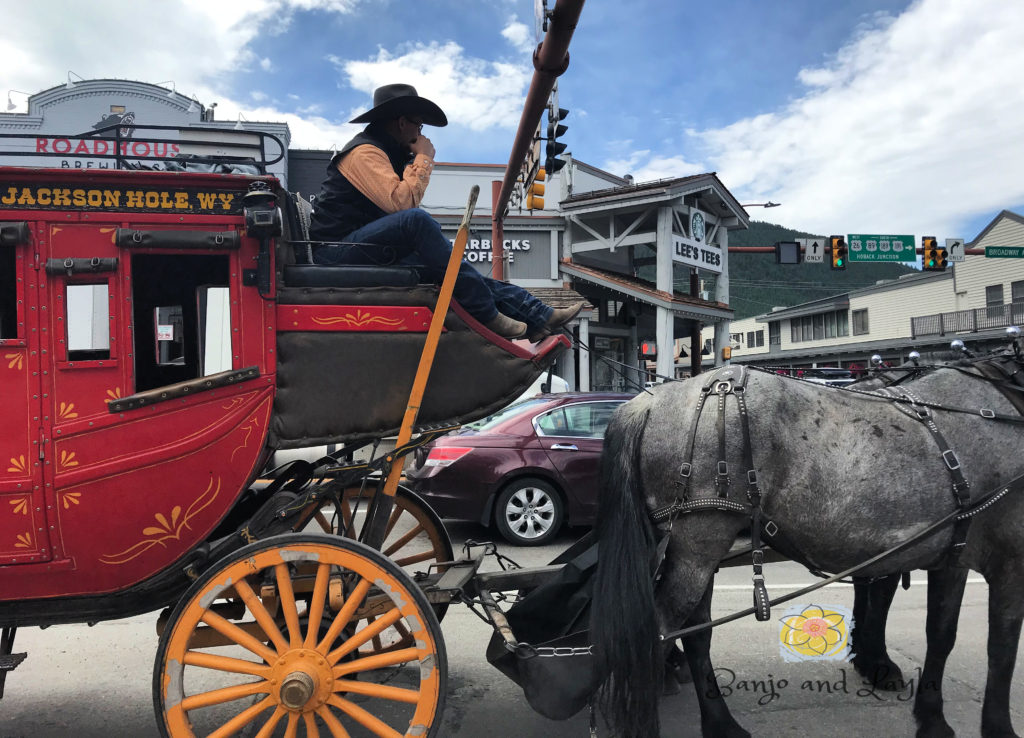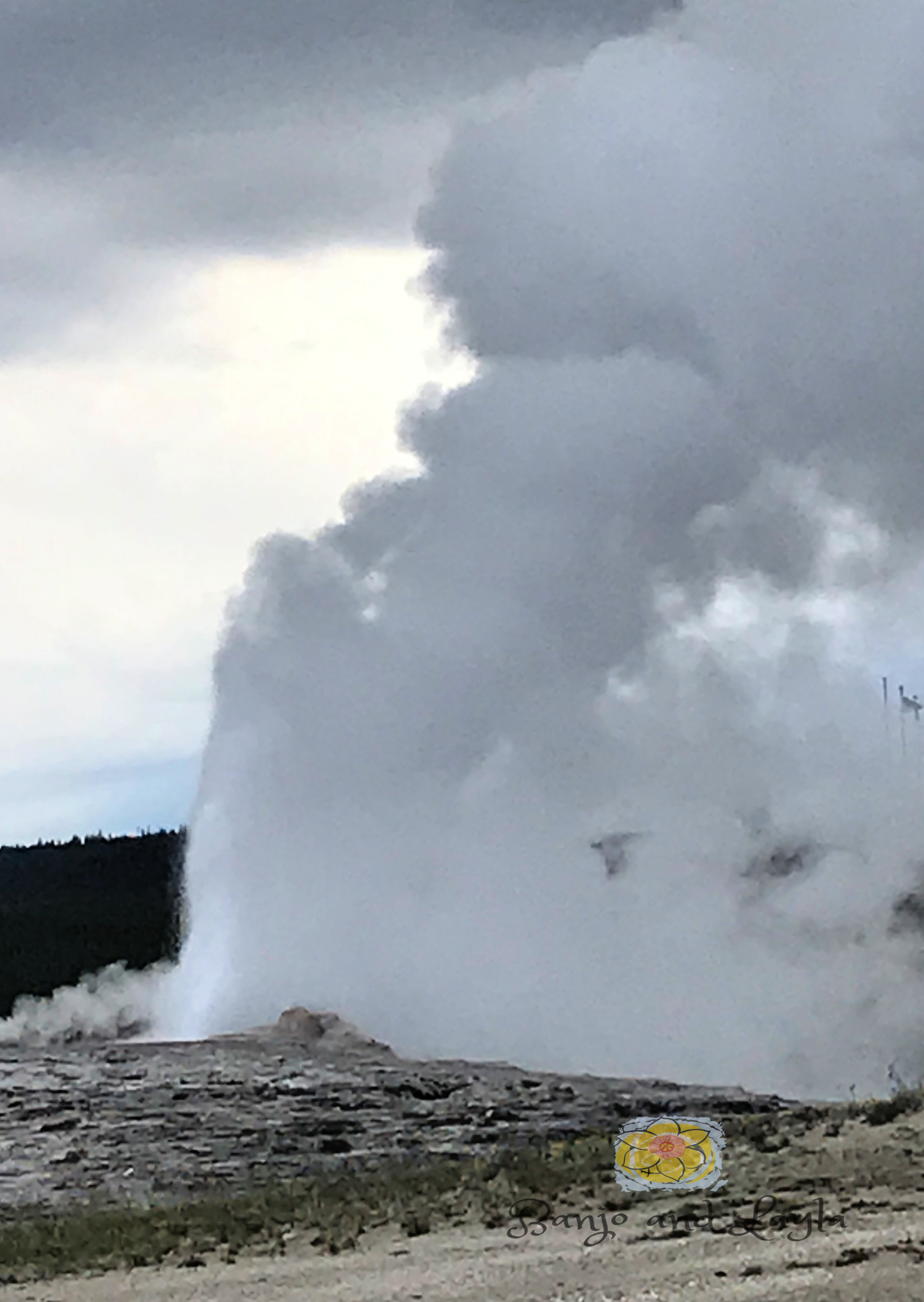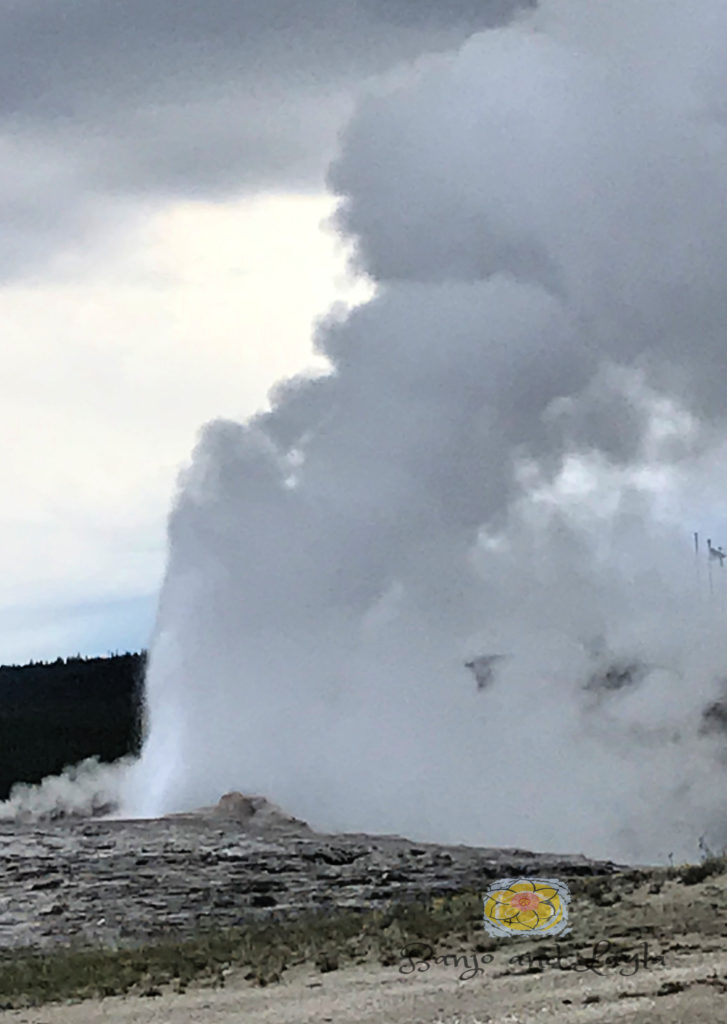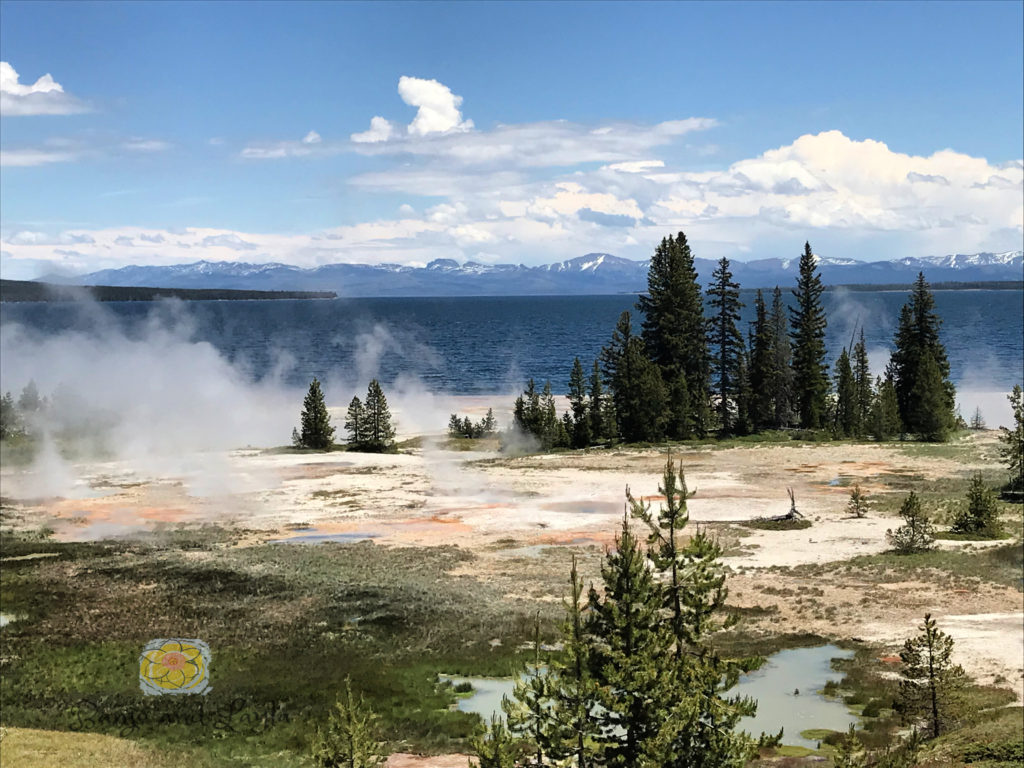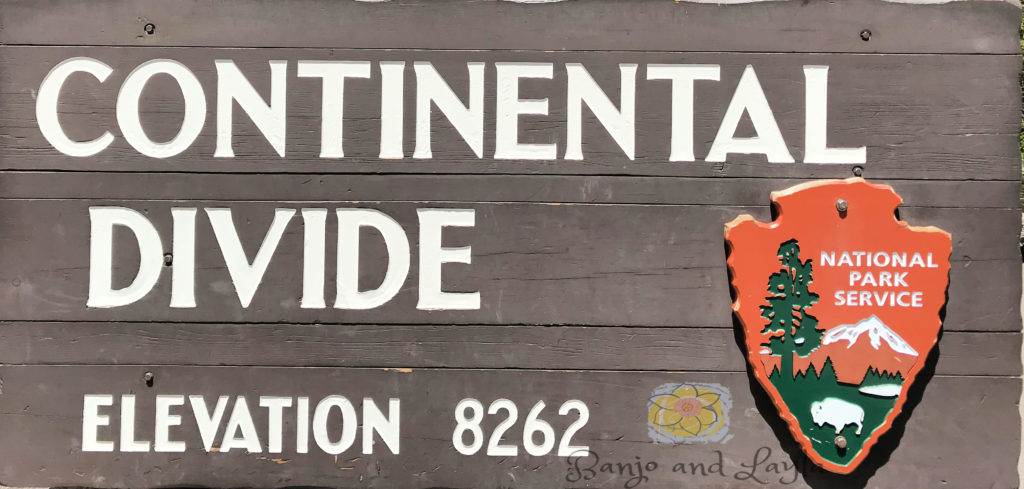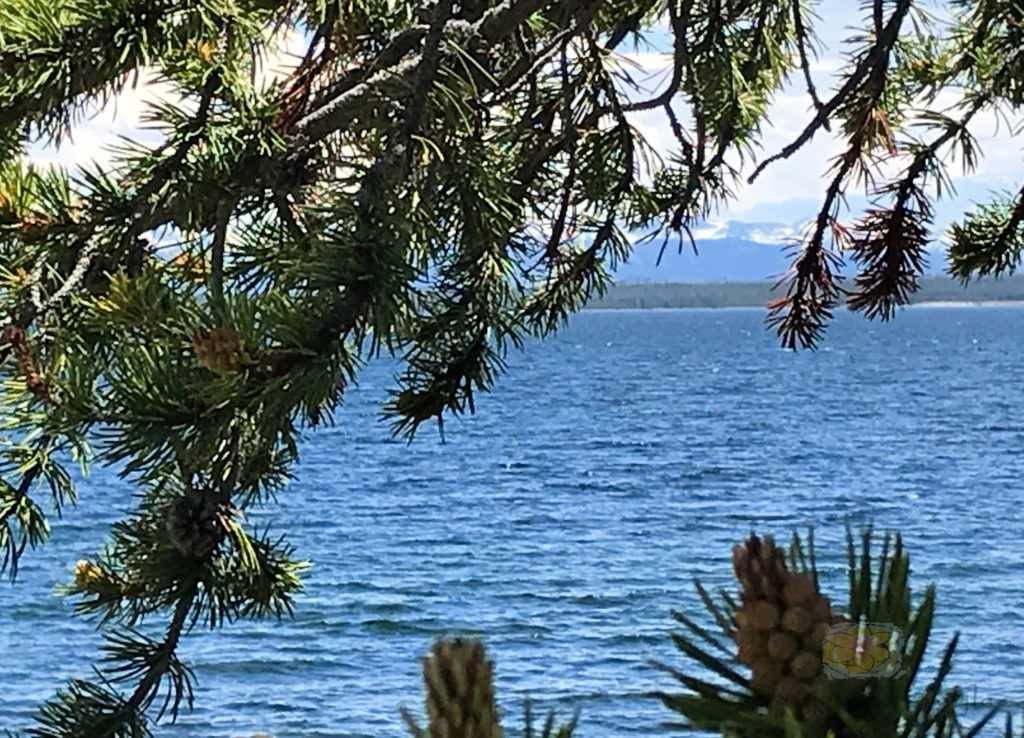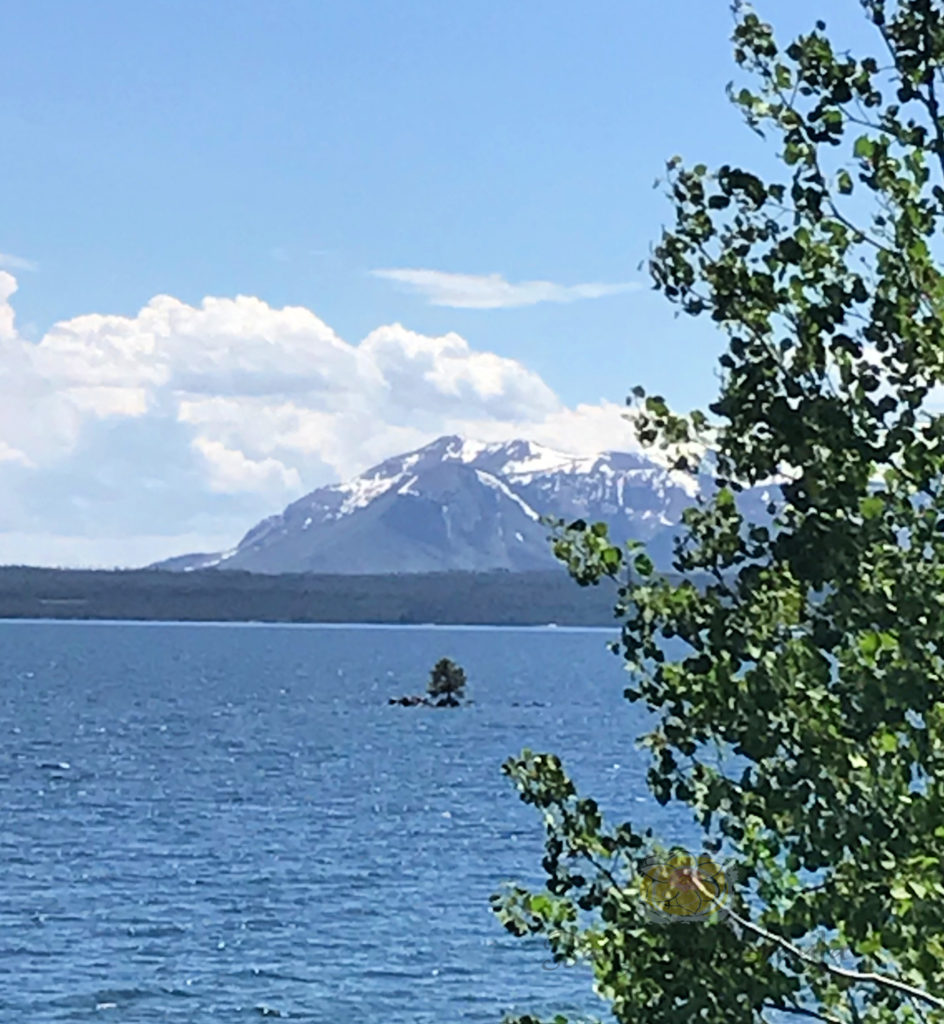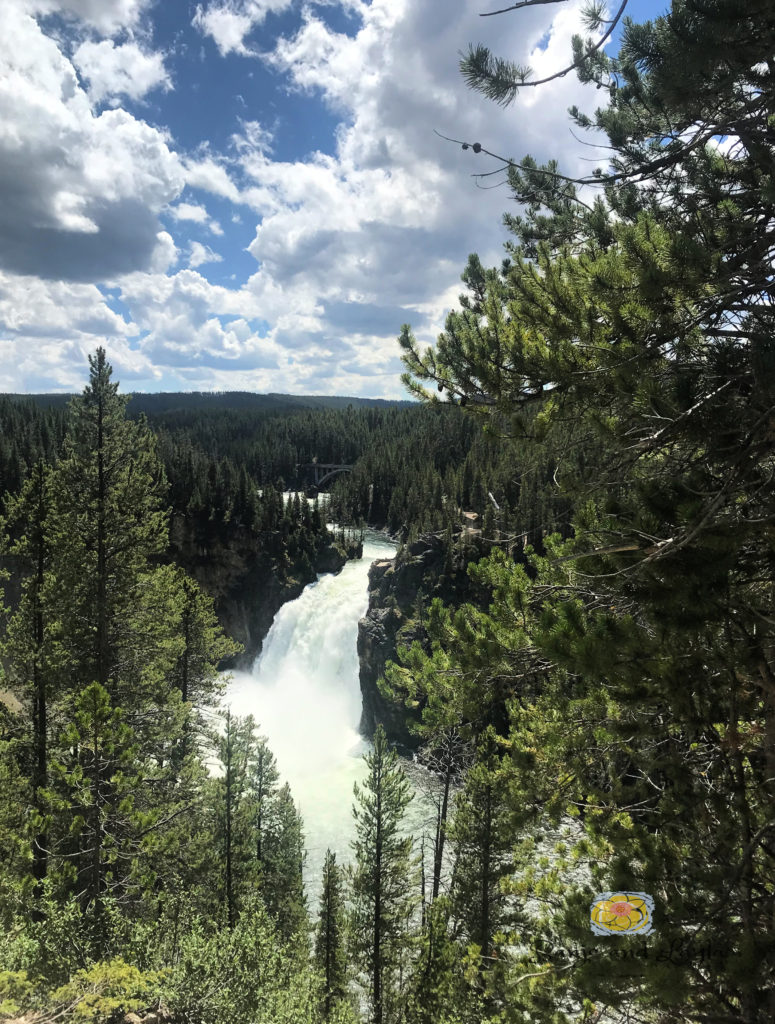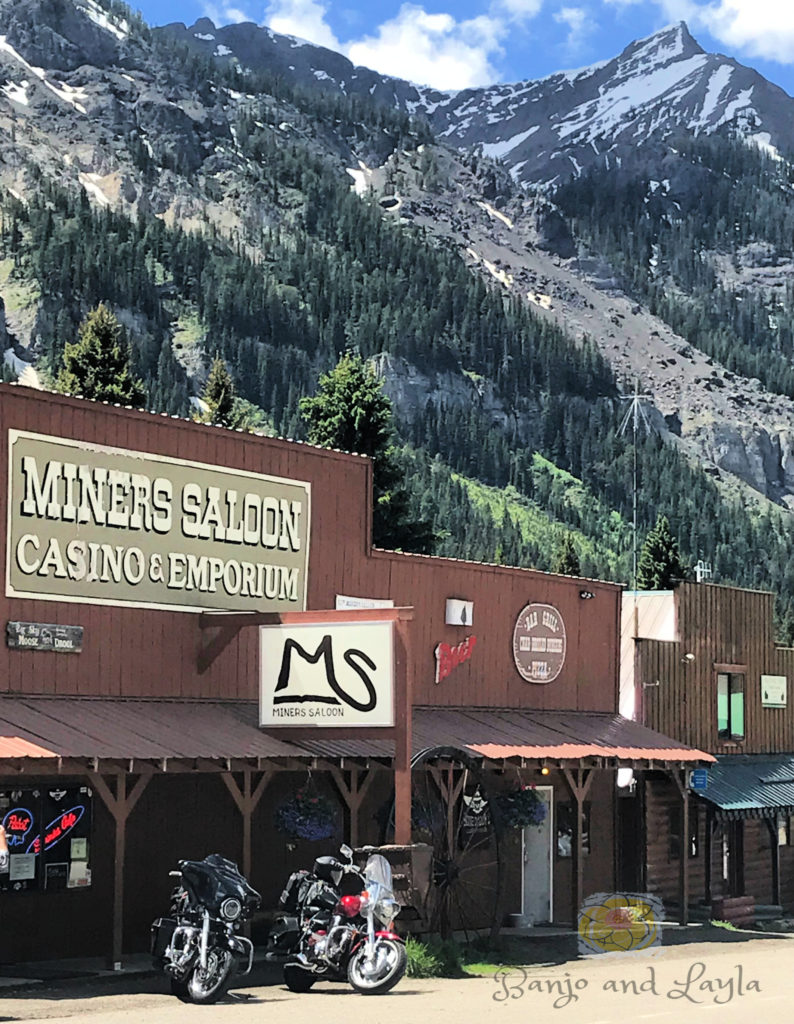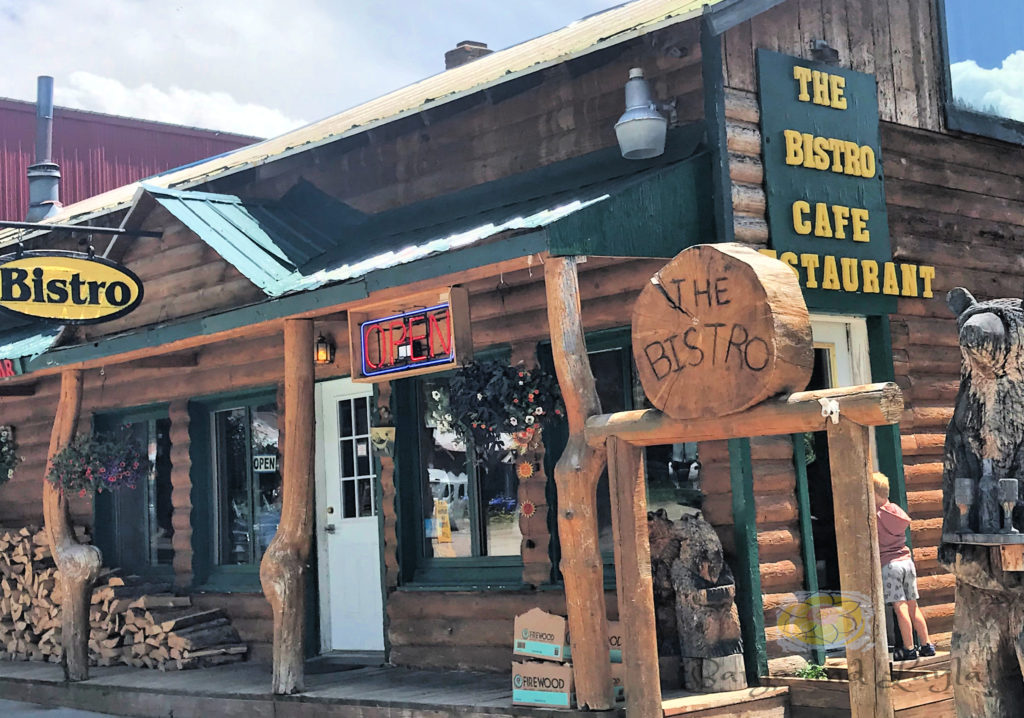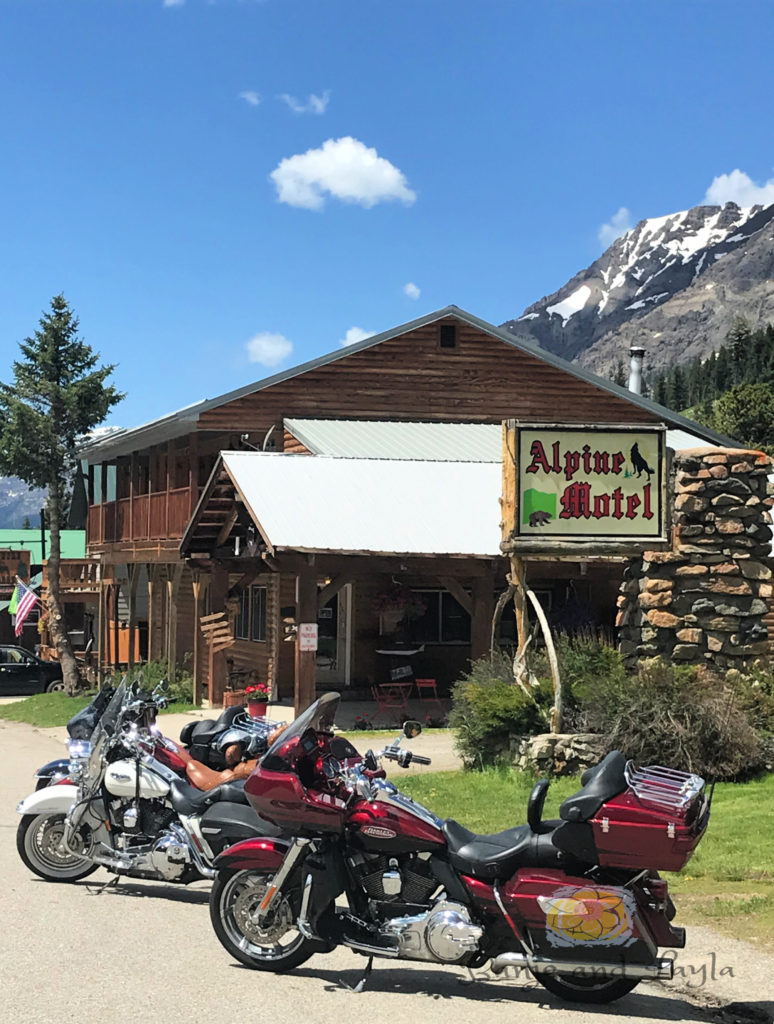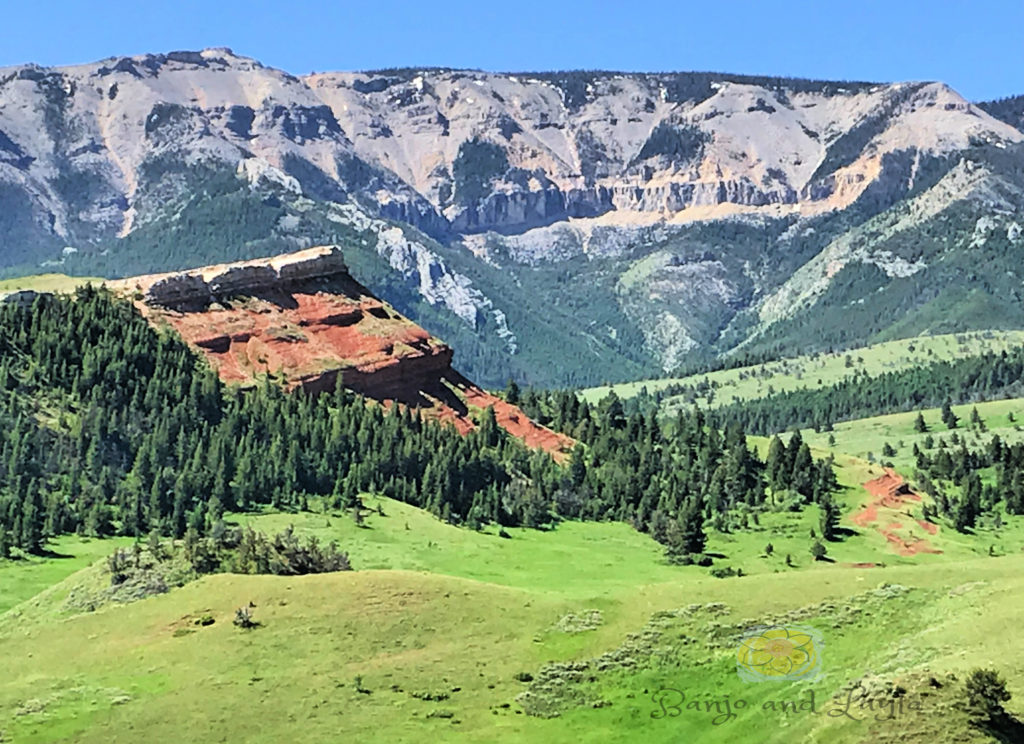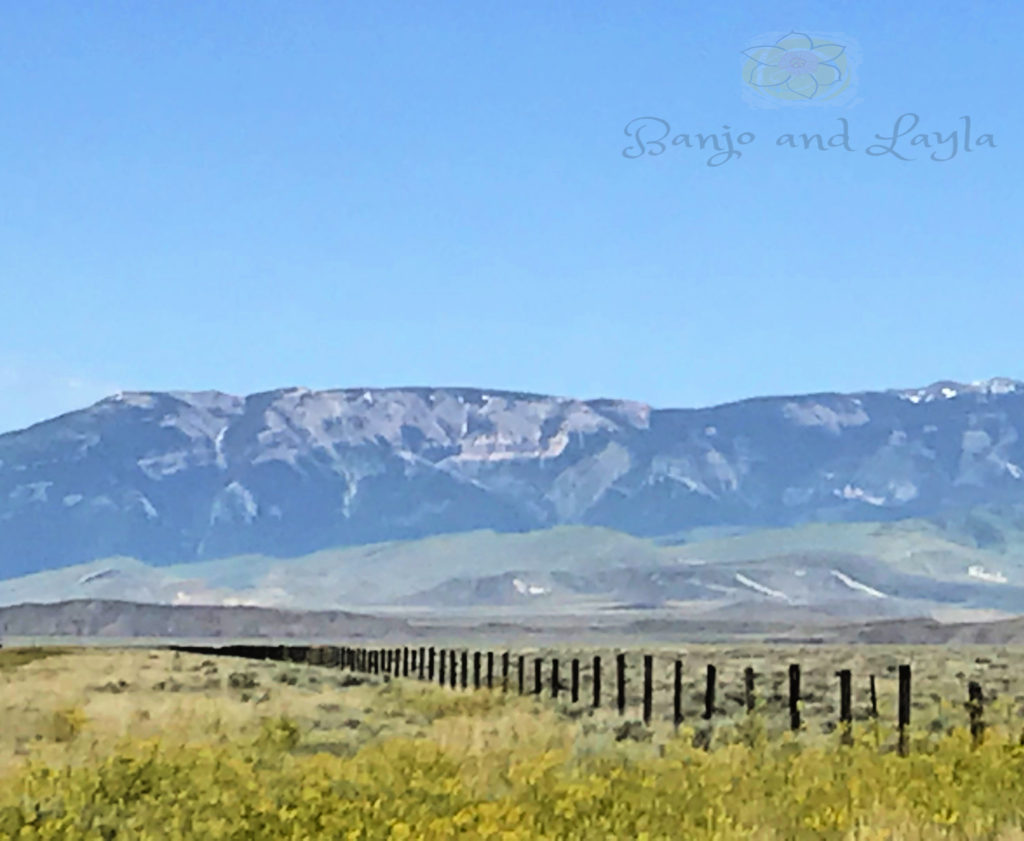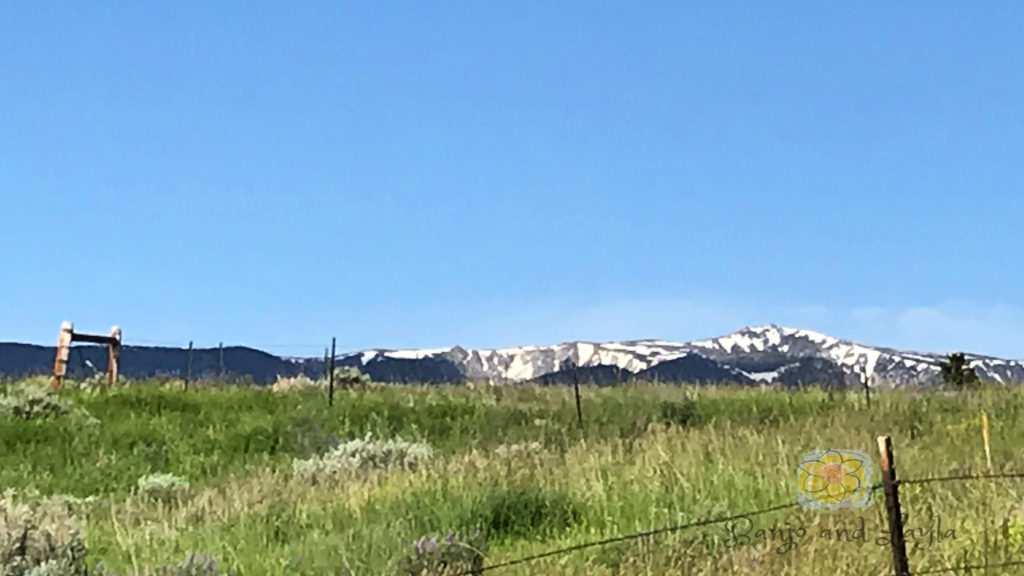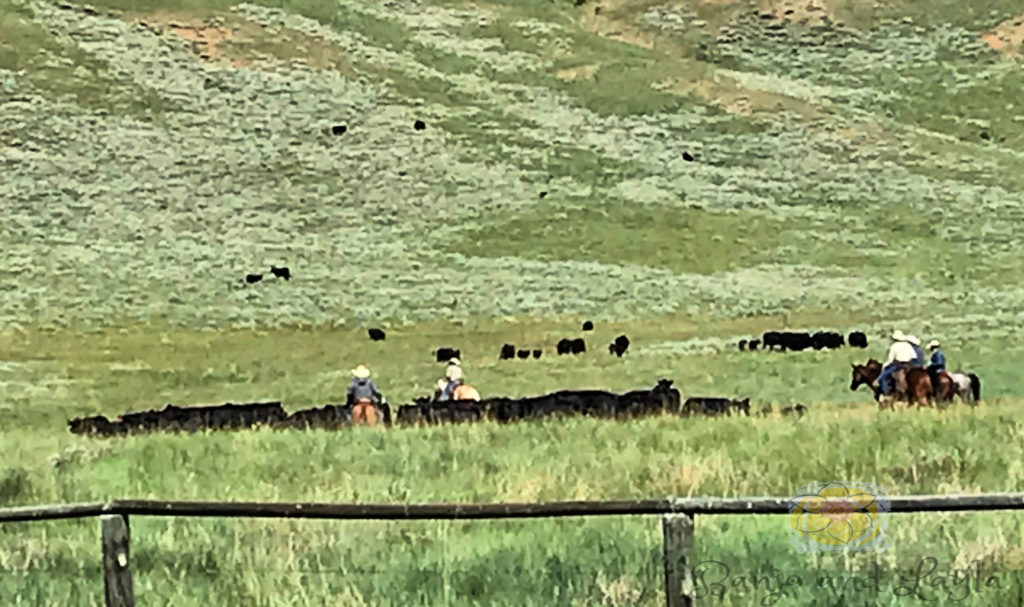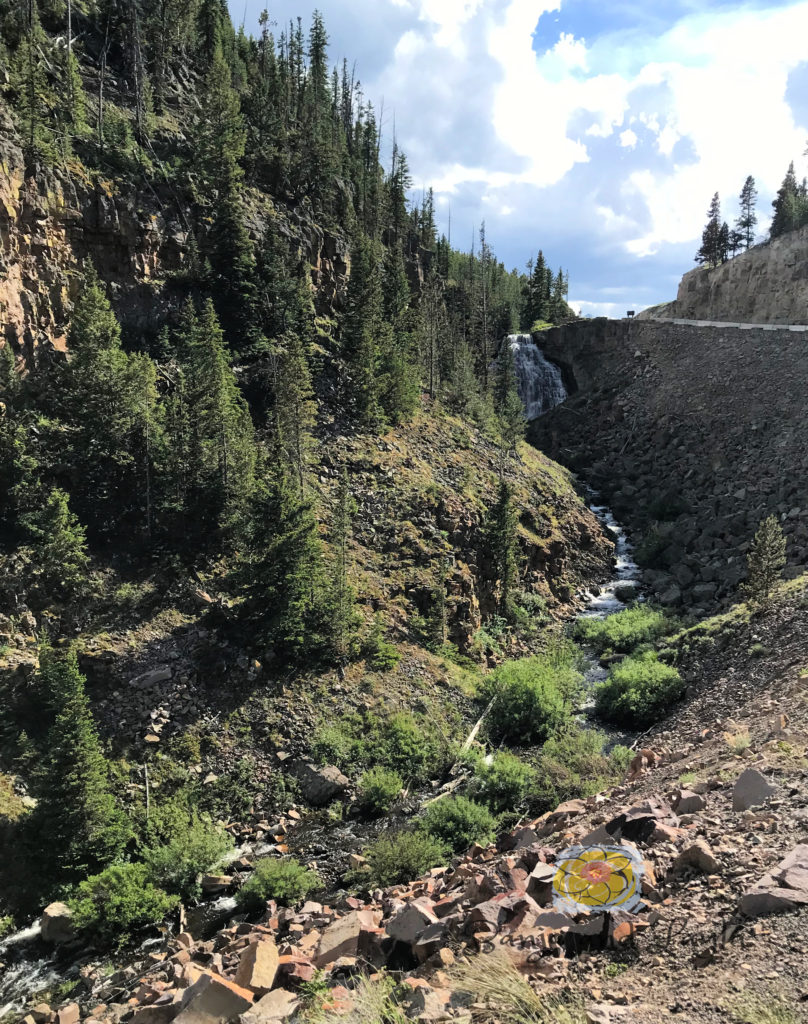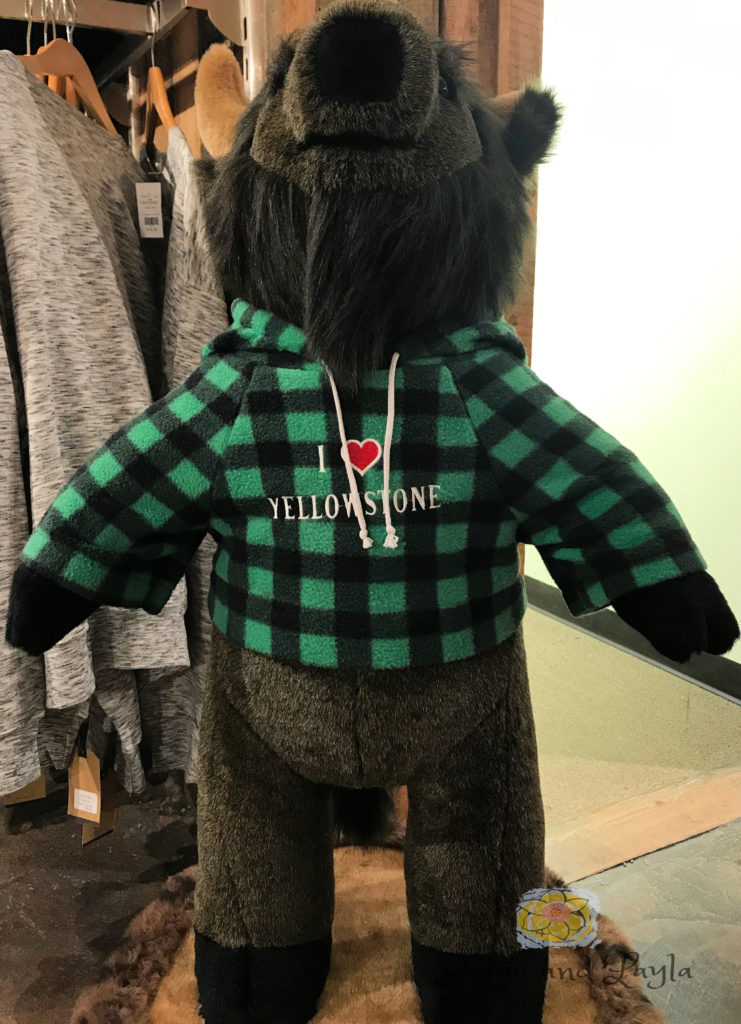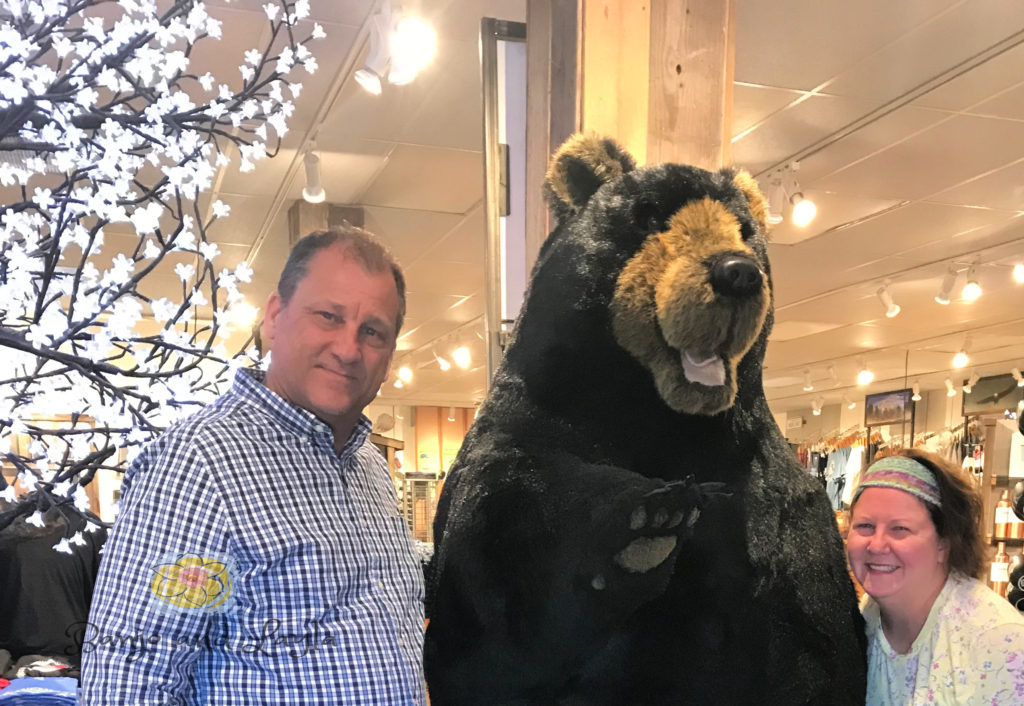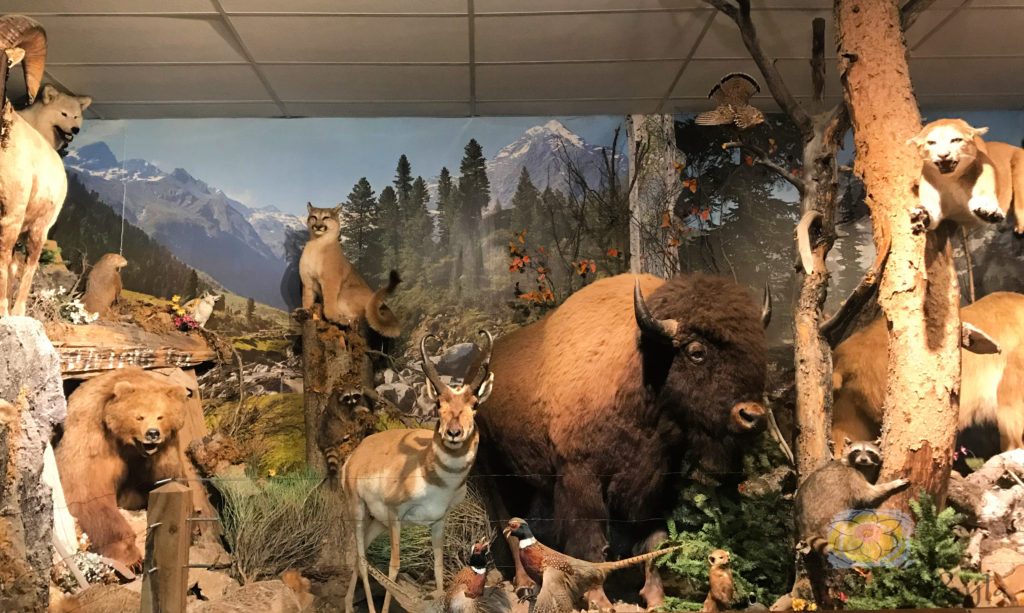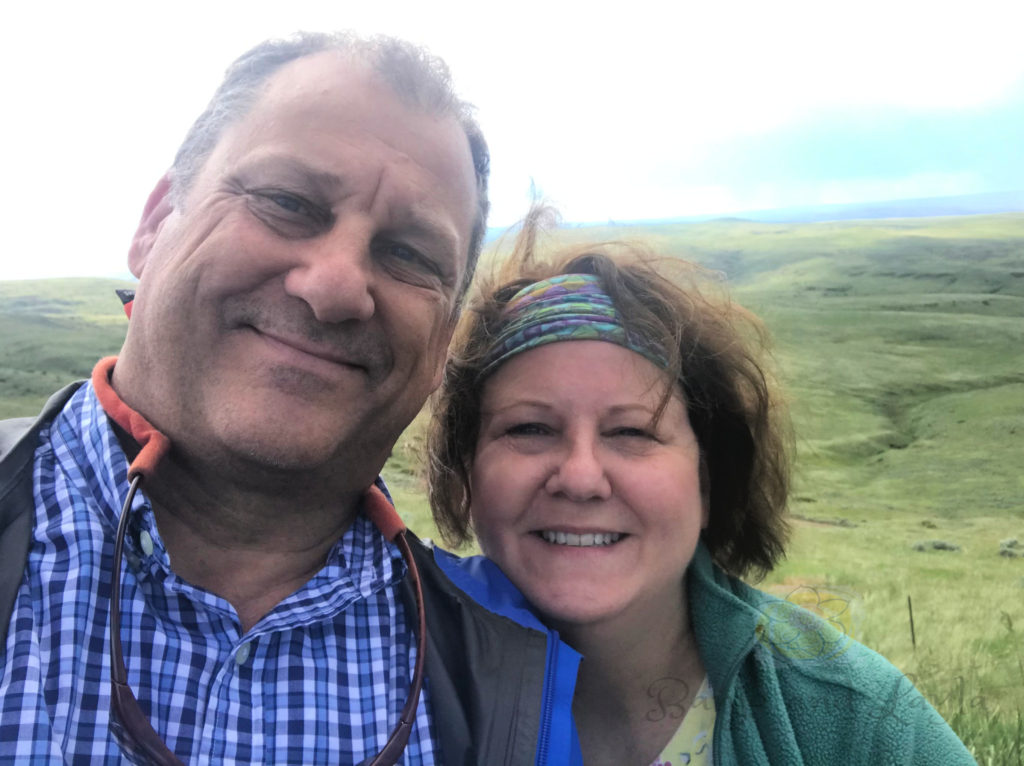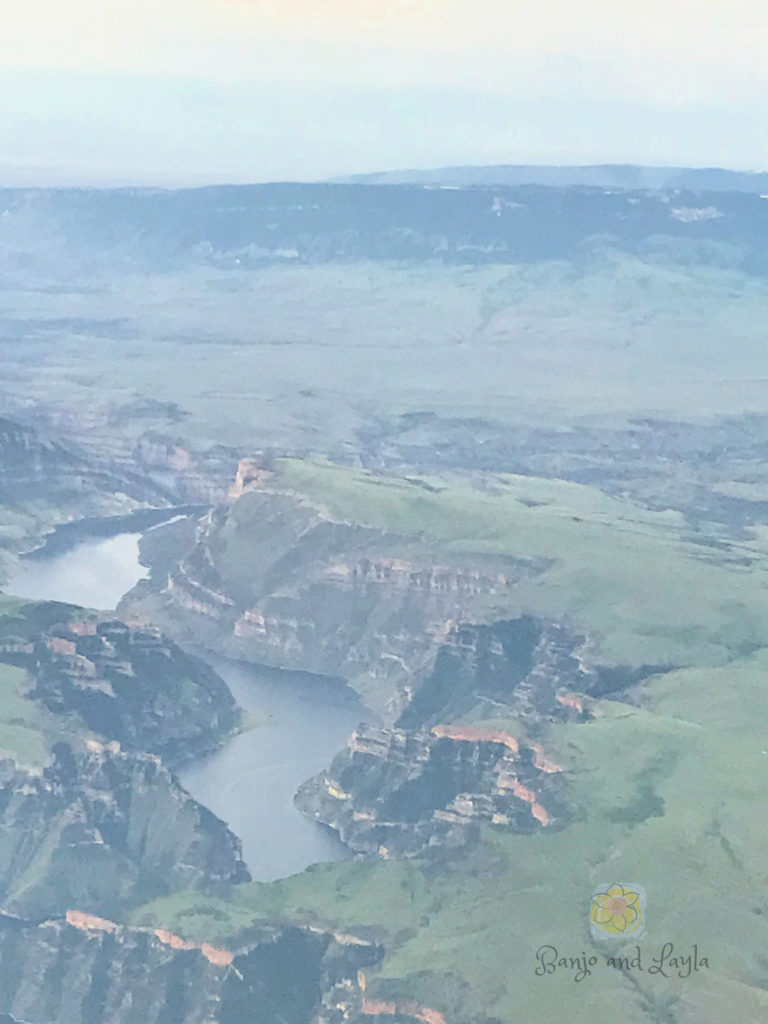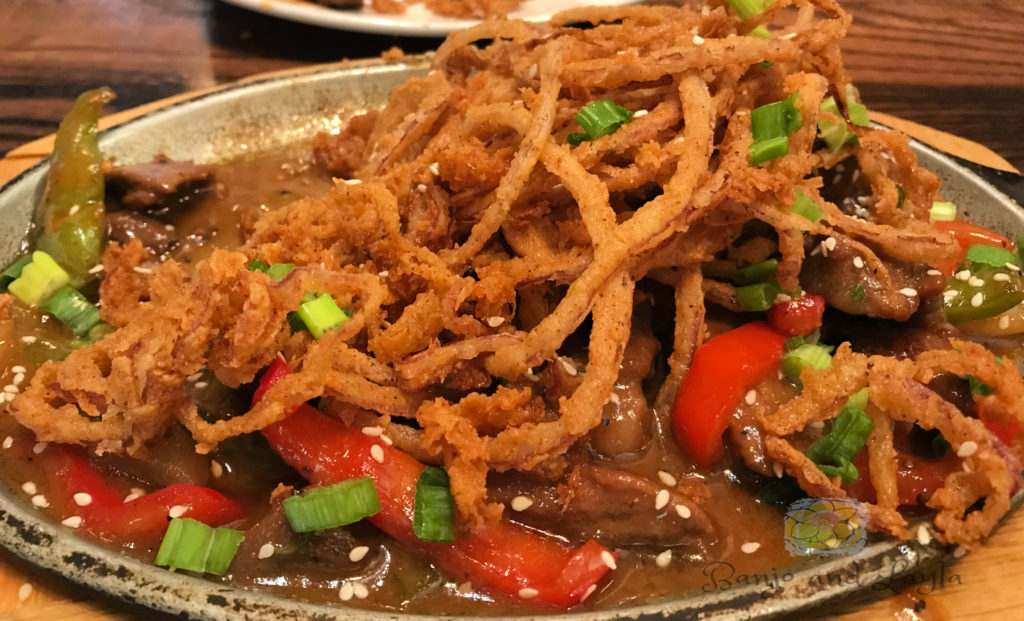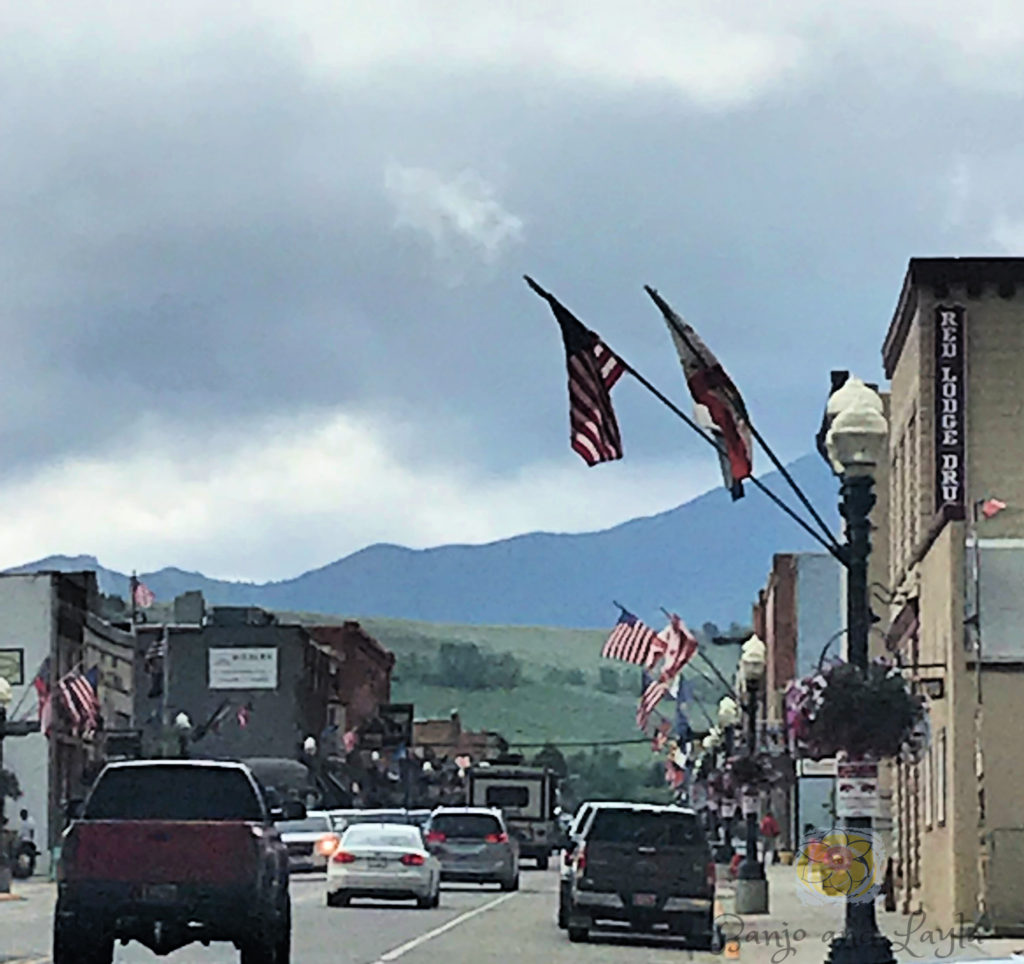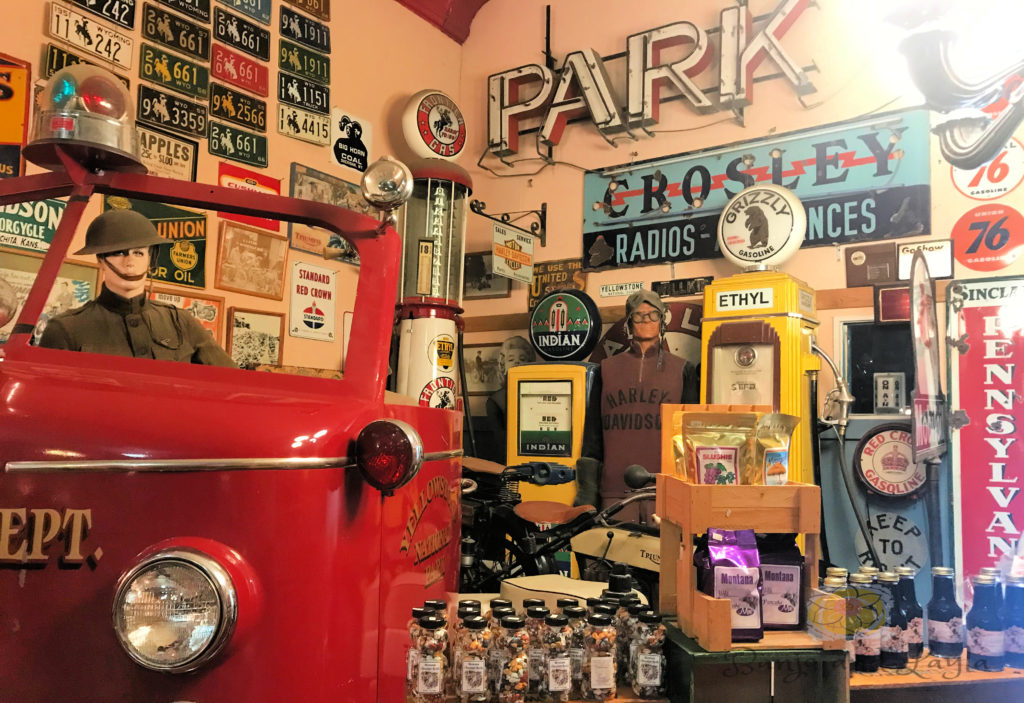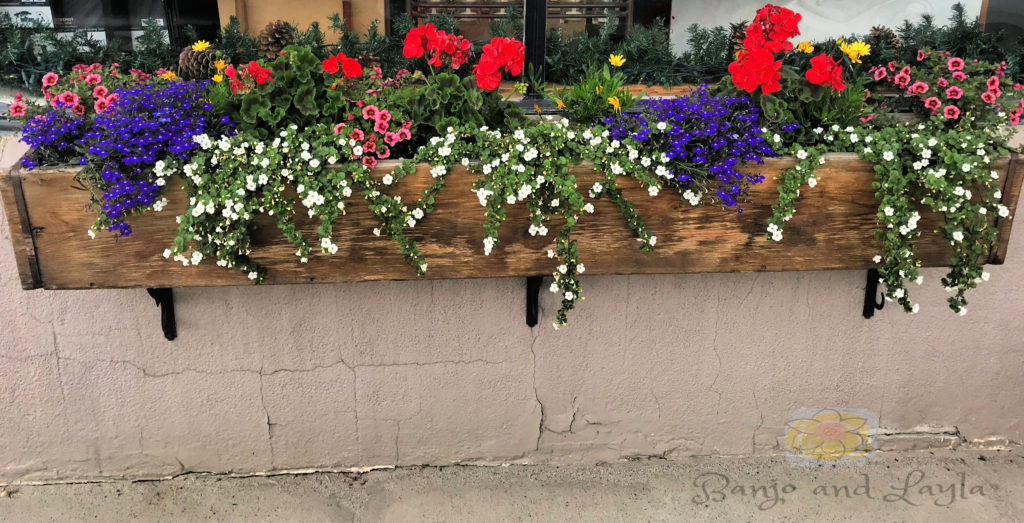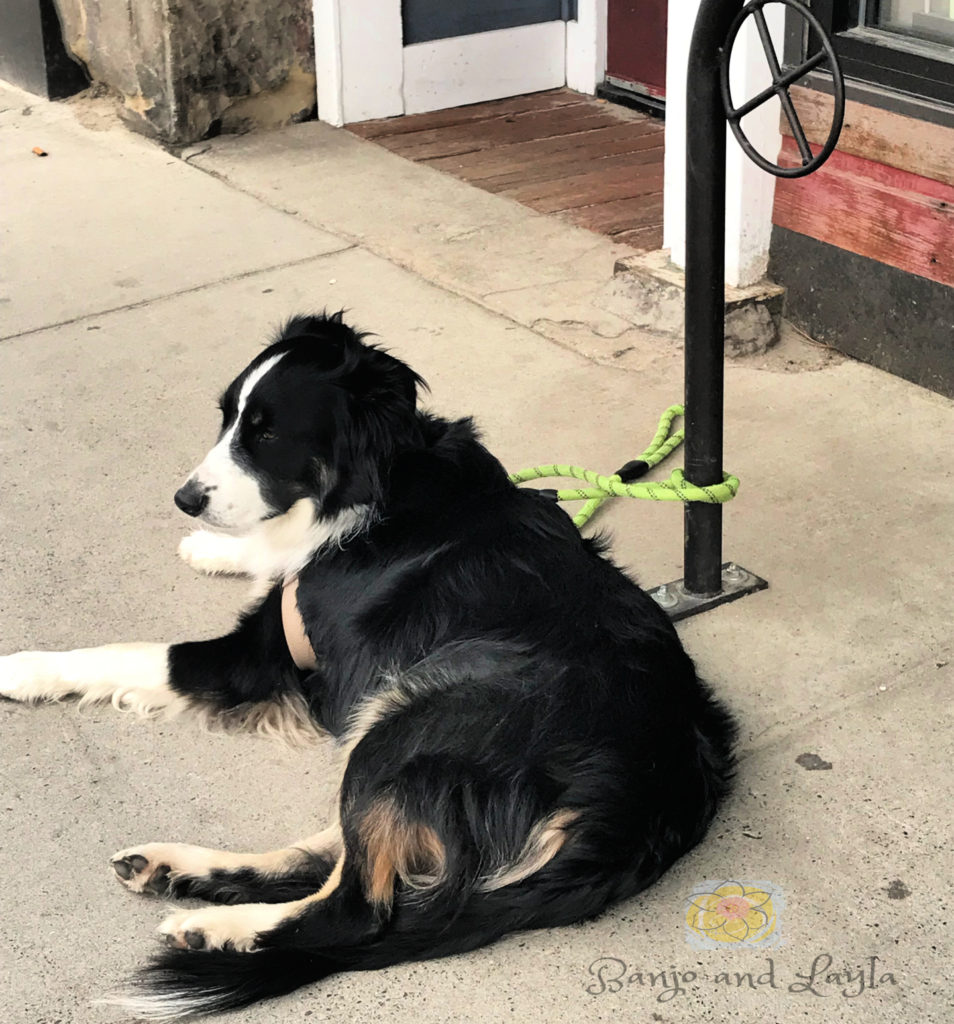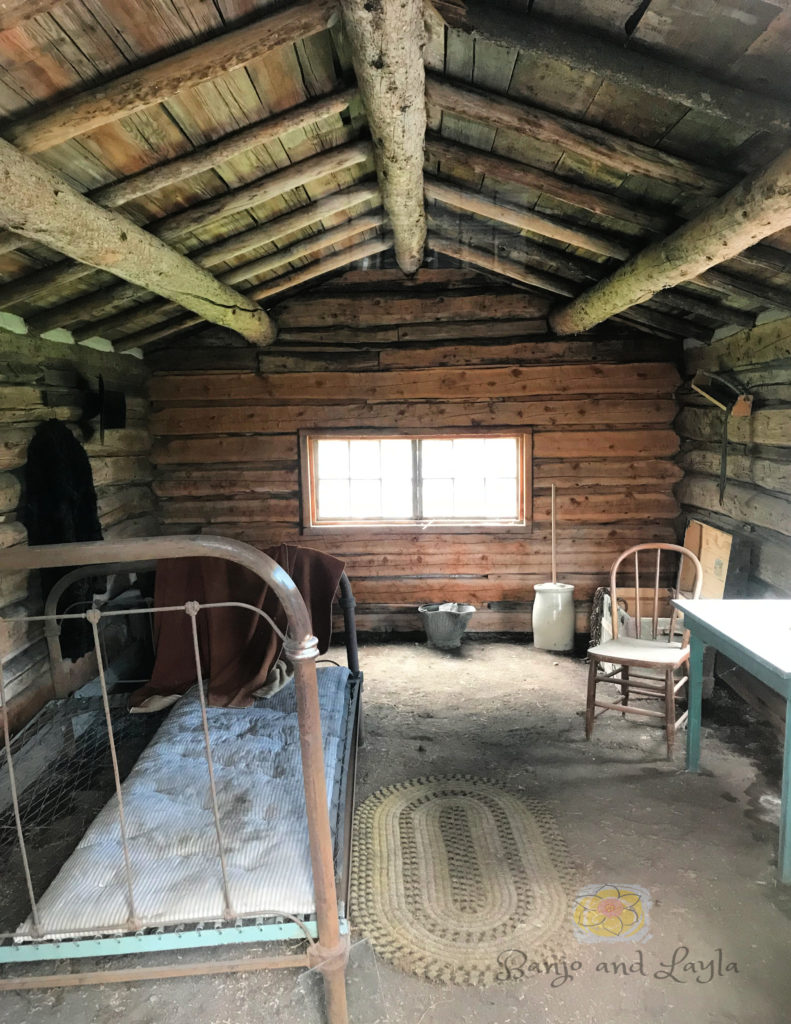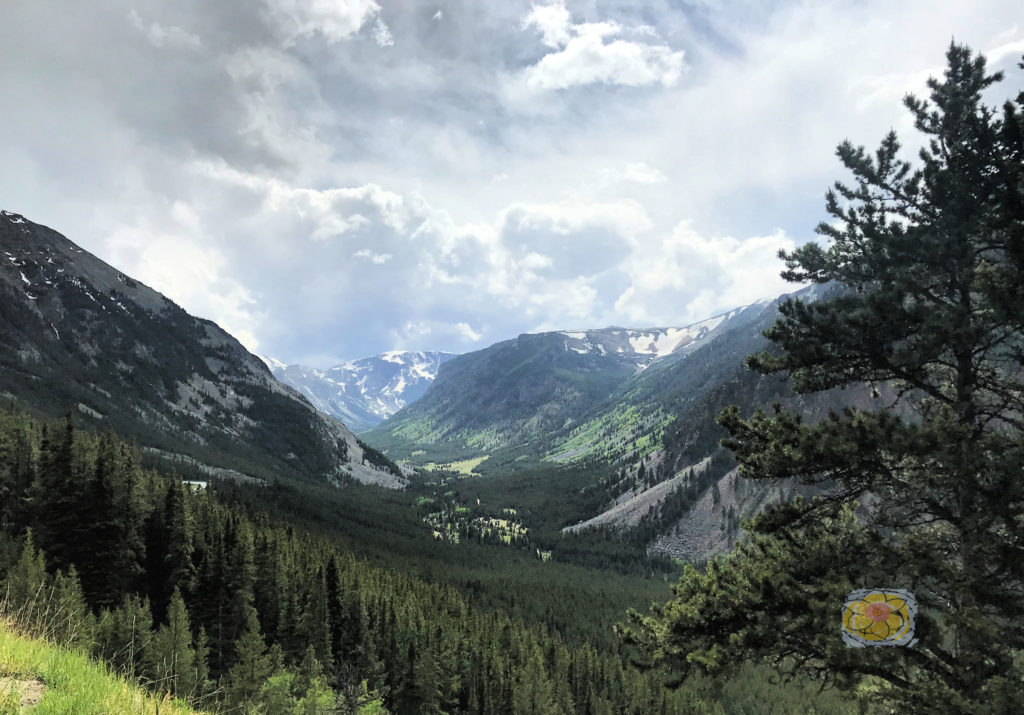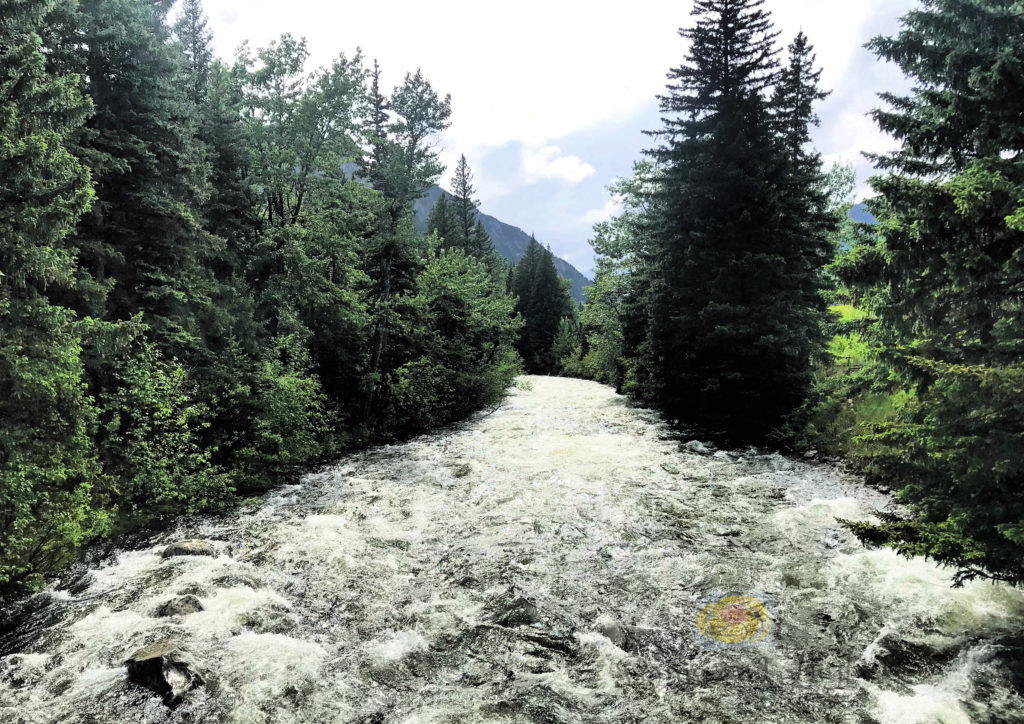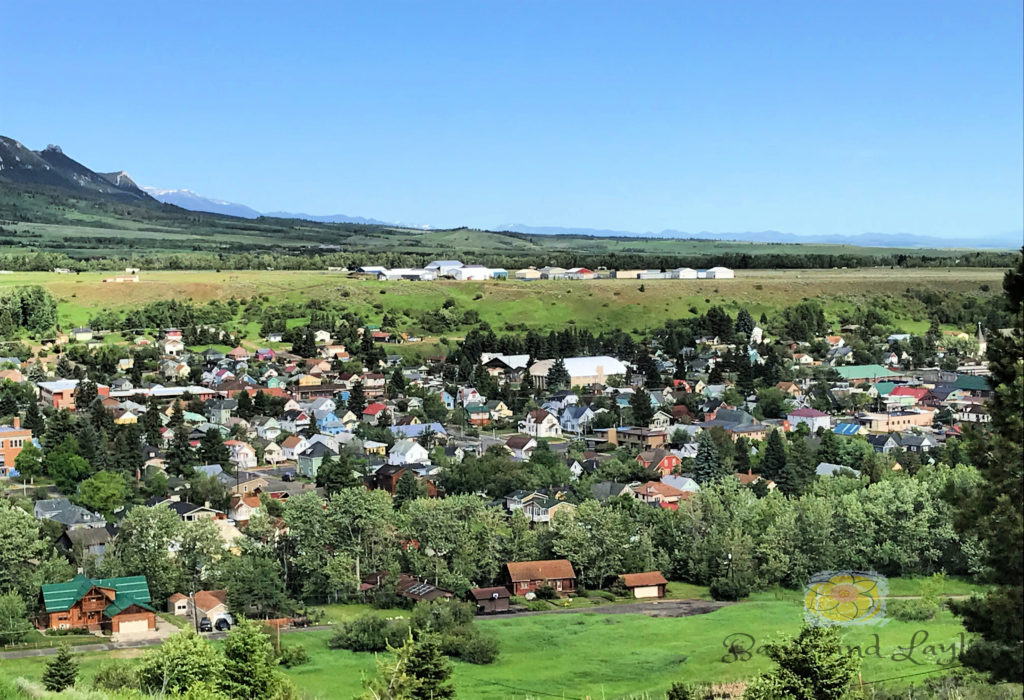If you have seen my videos of our Yellowstone trip this summer, you will hear me poke a little fun at my husband for carrying bear spray on his belt. Although I think he got a little too excited about the bear spray (I think he just thought it made him look like a macho mountain man – I mean do you really need to wear it inside?), it actually could save your life in Yellowstone National Park and the surrounding wooded areas.
This post may contain affiliate links, and I may earn compensation when you click on the links at no additional cost to you.
What visitors to the park don’t seem to understand is that animals are dangerous. The rules clearly state that you are not to approach or feed any animal in the park.
It is a fact that bison, bears, and elk have injured and killed people. The National Park Service advises staying 100 yards (91 m) from bears and wolves and at least 25 yards (23 m) from all other animals. You are not supposed to stop in the road to watch or take pictures, but are to use the pullouts instead.
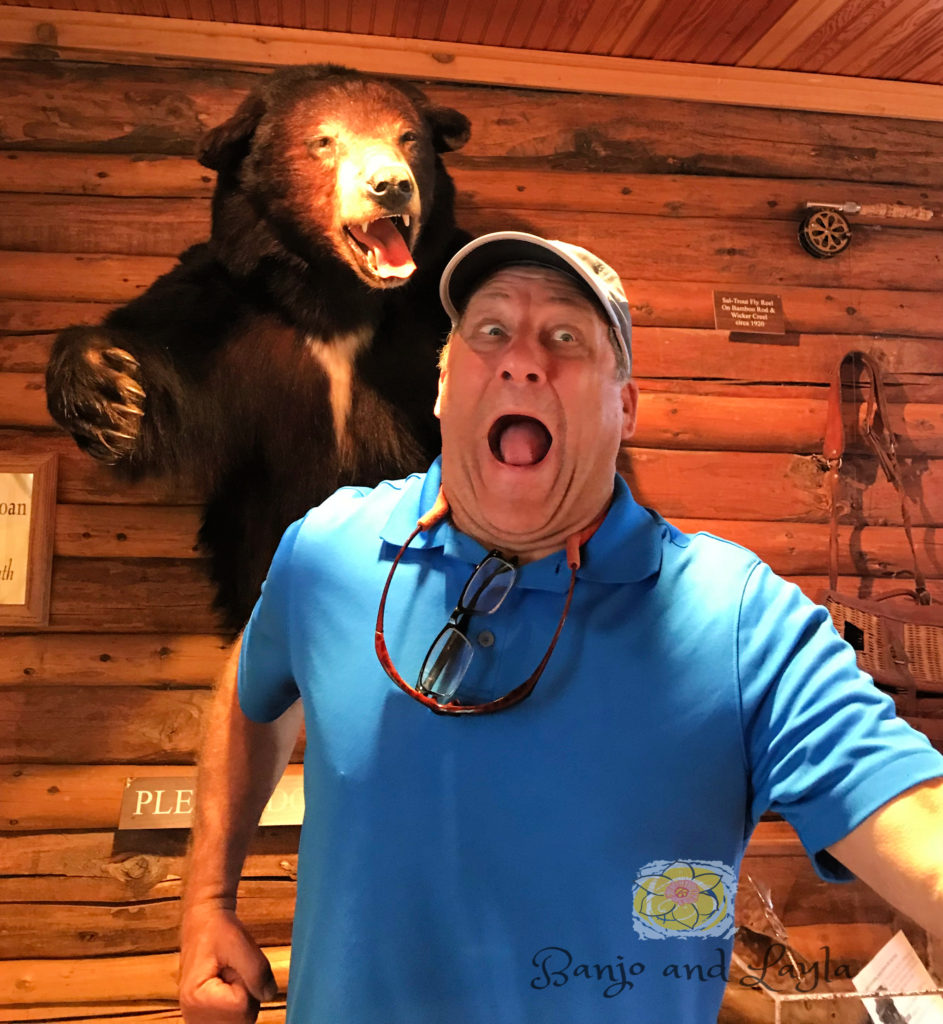
How to Stay Safe
Seeing a bear in the wild is a very exciting and memorable experience, but learning safety precautions is imperative. You are responsible for your safety and the safety of the bears.
First, make sure to keep all food and trash in bear proof containers. If bears ever obtain human food, pet or livestock feeds, or garbage they may become aggressive towards people or cause property damage. Many times in order to protect people, these bears have to be destroyed. This is a tragedy.
Wild bears have a natural fear of humans and will attempt to avoid people and developed areas, but fed bears do not. Fed bears will abandon vital natural food sources such as berries, fish, ants, roots, and grubs they need for proper nutrition in order to obtain human foods and garbage. They quickly become conditioned to being fed and will teach their cubs to approach people to do the same. Also, wild bears fed near roads tend to stay near roads, increasing the number of vehicle-animal accidents. There is a common saying that a fed bear is a dead bear.
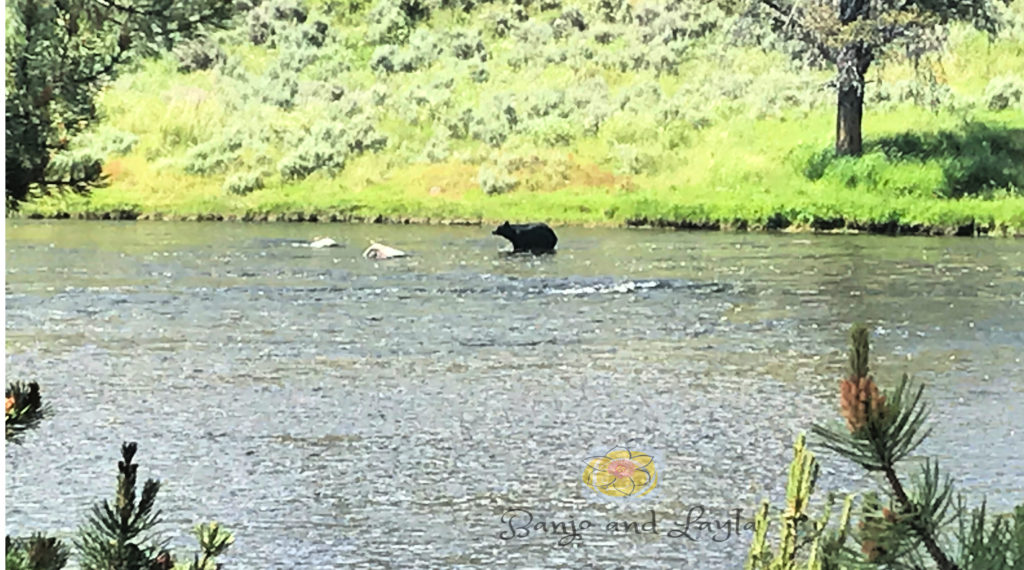
Tips for Hiking in Bear Country
- Hike in groups of three or more people, and make noise to avoid surprise encounters.
- Let someone know where you are going and when you plan to return.
- Read all signs at the trail head.
- Carry bear spray and know how to use it.
- Don’t leave backpacks unattended.
- Scan ahead for signs of bear activity. Bear signs include scat, claw marks, diggings, and logs or stumps torn apart.
- Avoid taking pets; they may attract bears to you. If they are allowed, always keep them leashed.
Bear Spray
Bear spray is not the same as regular pepper spray. It is a unique formula specially prepared for use on bears. Personal defense or pepper spray is not formulated for bears. Official bear spray must have an EPA registration number. It has to contain 1 – 2% of the active ingredients capsaicin and related capsaicinoids. The suggested spray distance is 25 ft. and for a duration of at least 6 seconds.

Never run from a bear! Remain calm, group together, and pick up small children. Continue facing the bear, and slowly back away. If the bear continues to approach try to scare it by shouting and acting aggressively.
If a black bear attacks, use your bear spray and fight back using everything you can – fists, rocks, etc. If a grizzly bear attacks, use bear spray or “play dead” by dropping to the ground, lying flat on your stomach with hands clasped together behind your neck, and bracing yourself with your elbows and toes. All of this advice may sound extreme and unlikely to be needed. However, when we were there a Bed & Breakfast owner told us that one of her former guests was attacked by a bear in Yellowstone Park. So it is real.
For more information about this awareness campaign visit www.BeBearAware.org.
Have you ever seen a bear in the wild? I remember camping in the Smoky Mountains as a child and seeing black bears. Leave a comment below and share your story.

